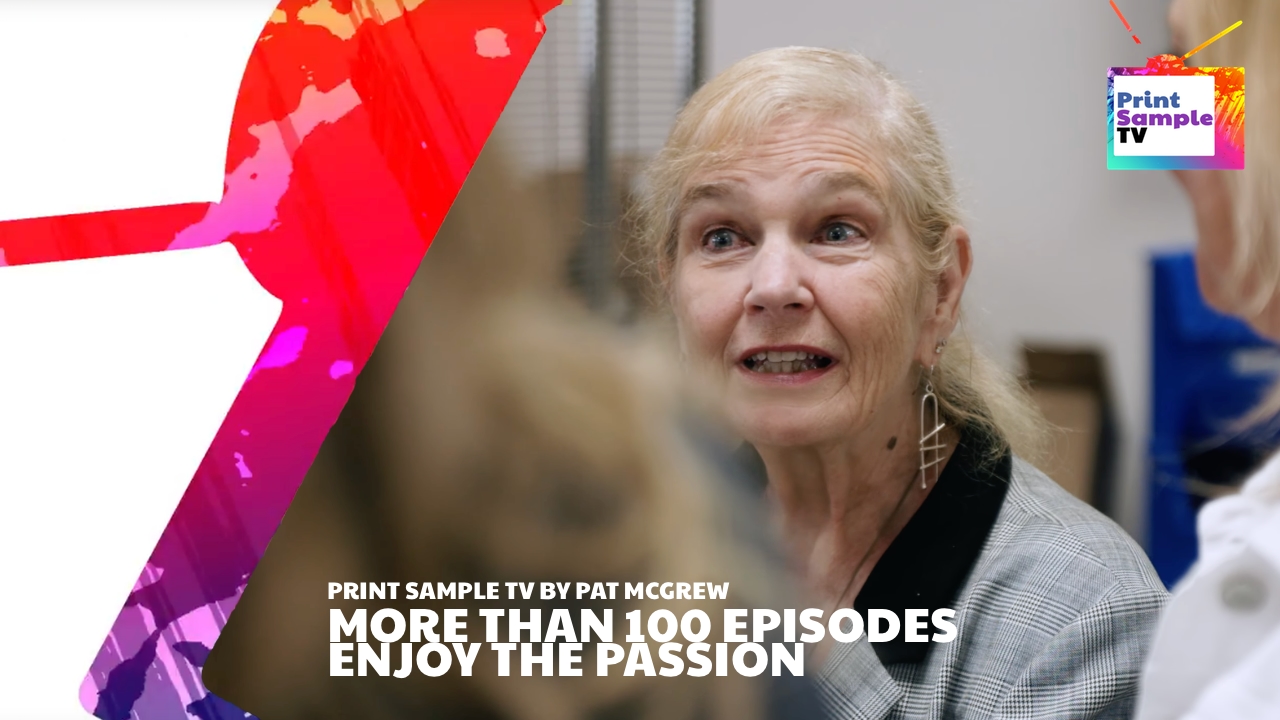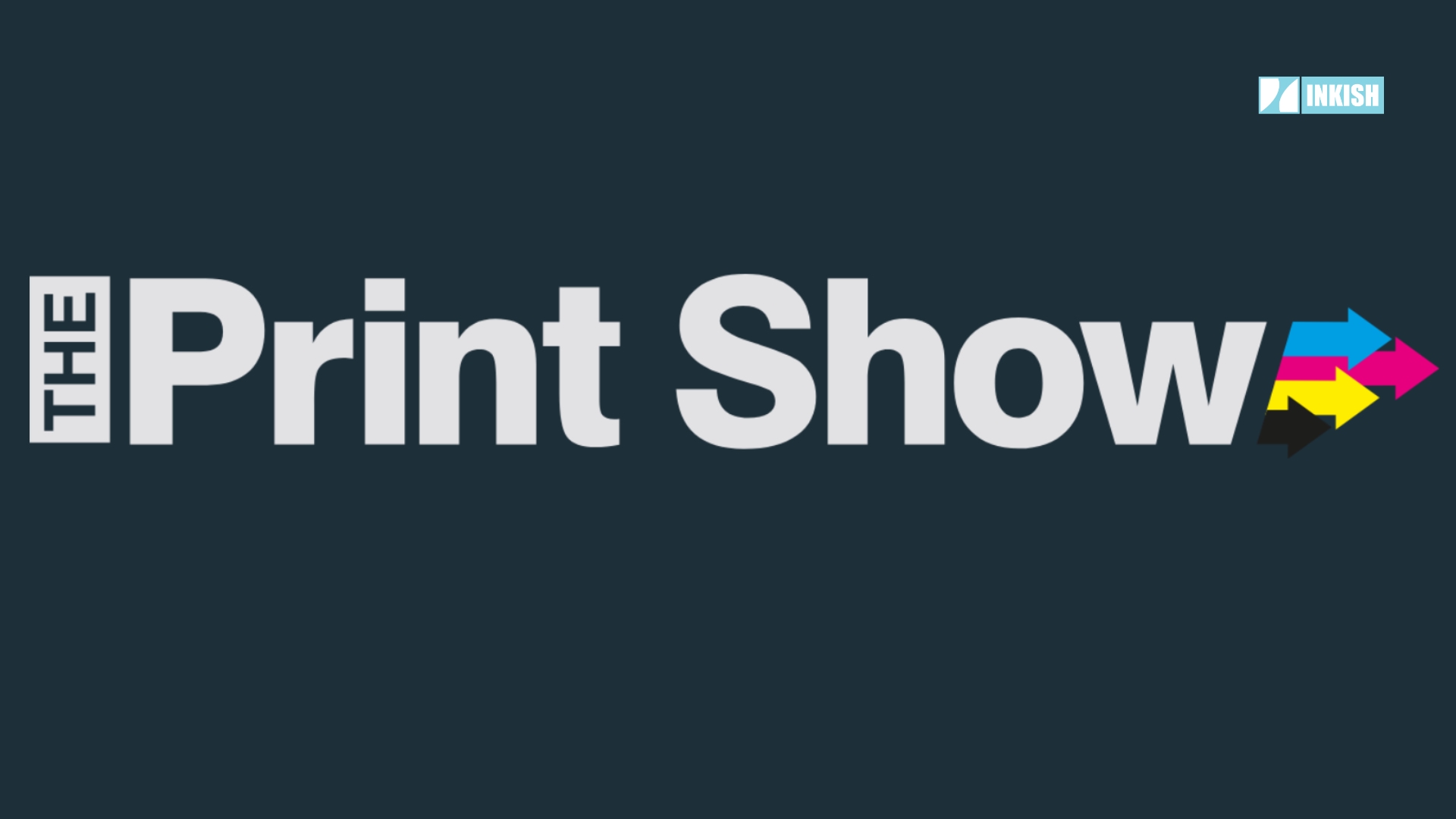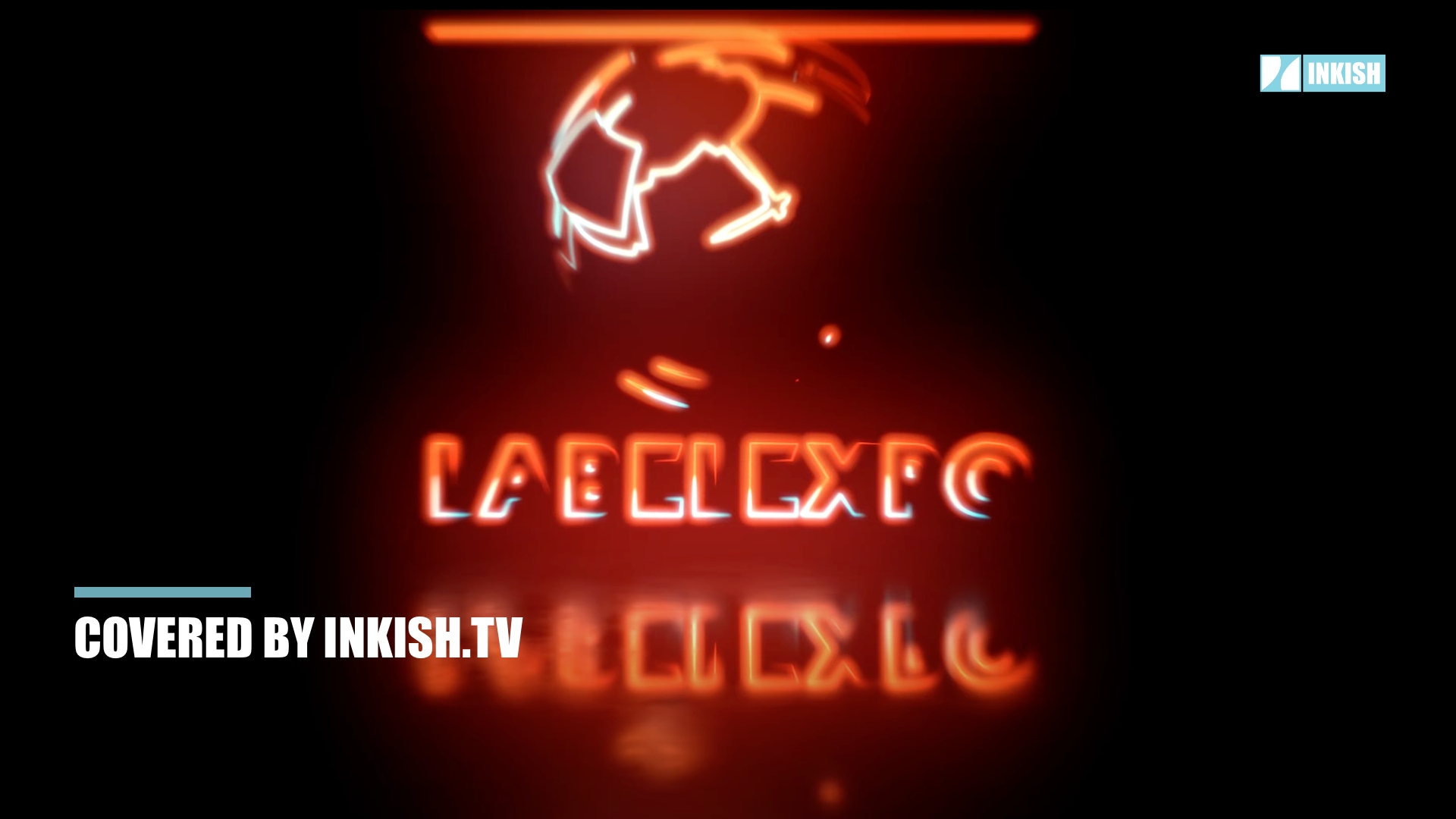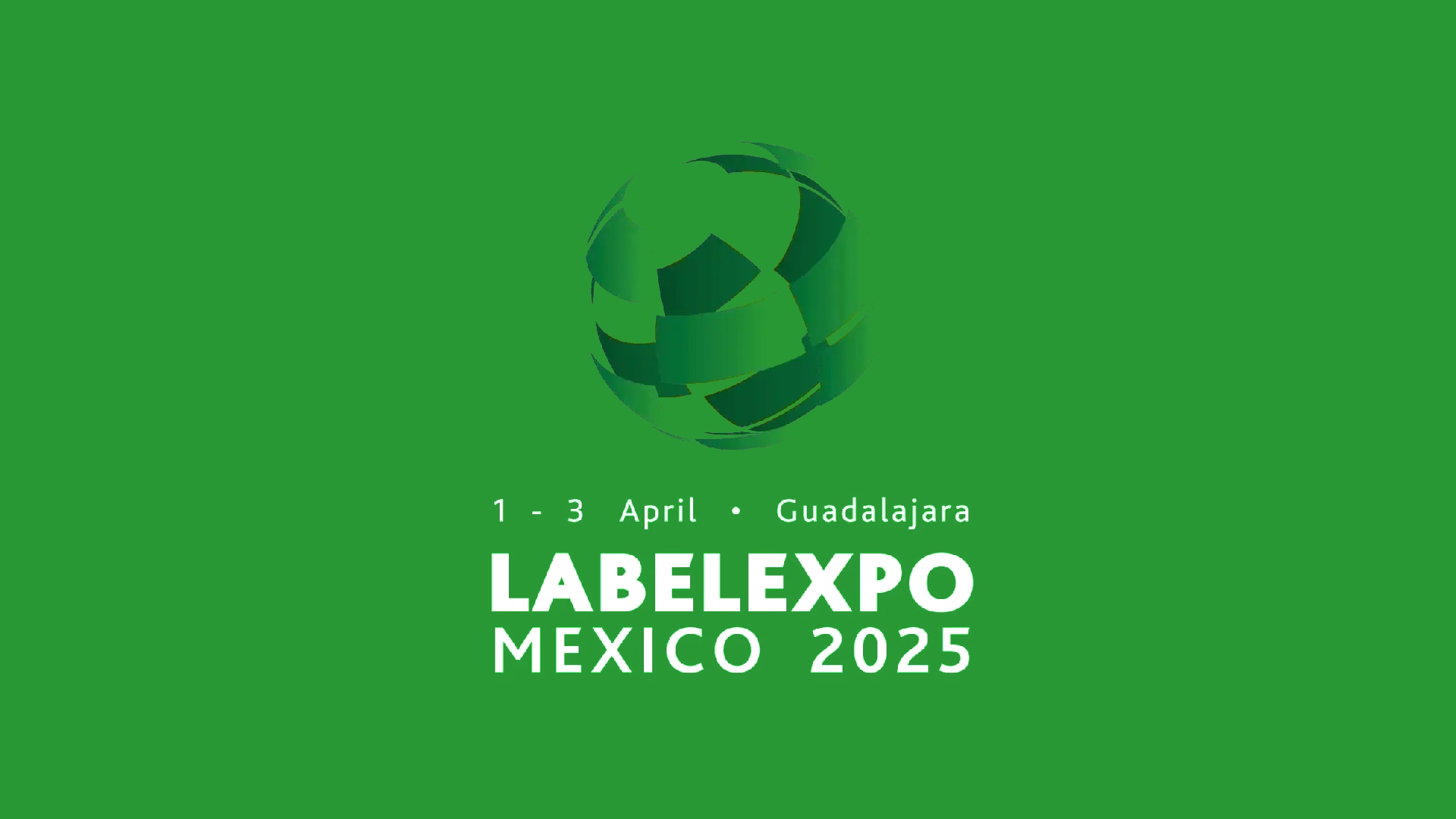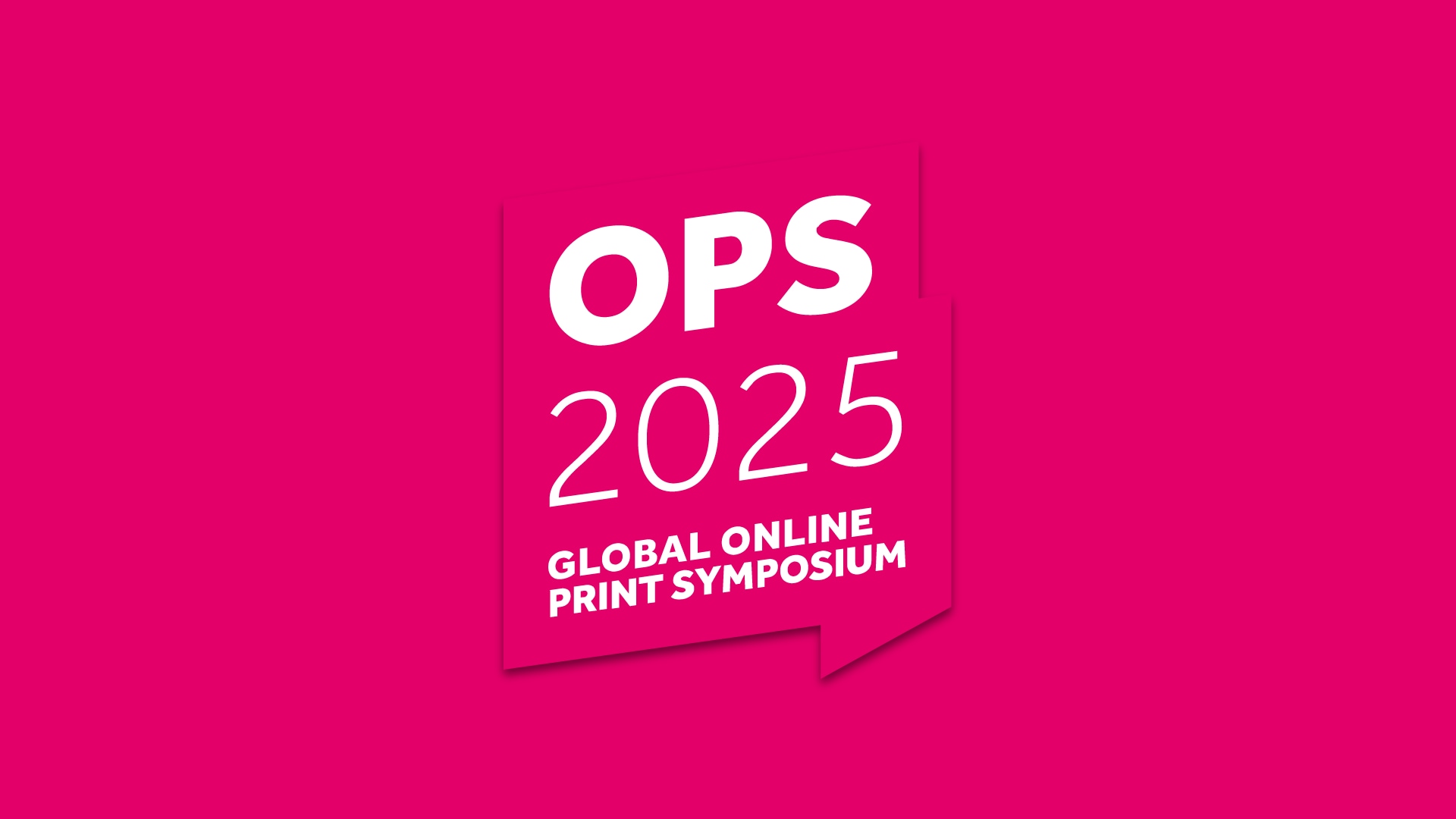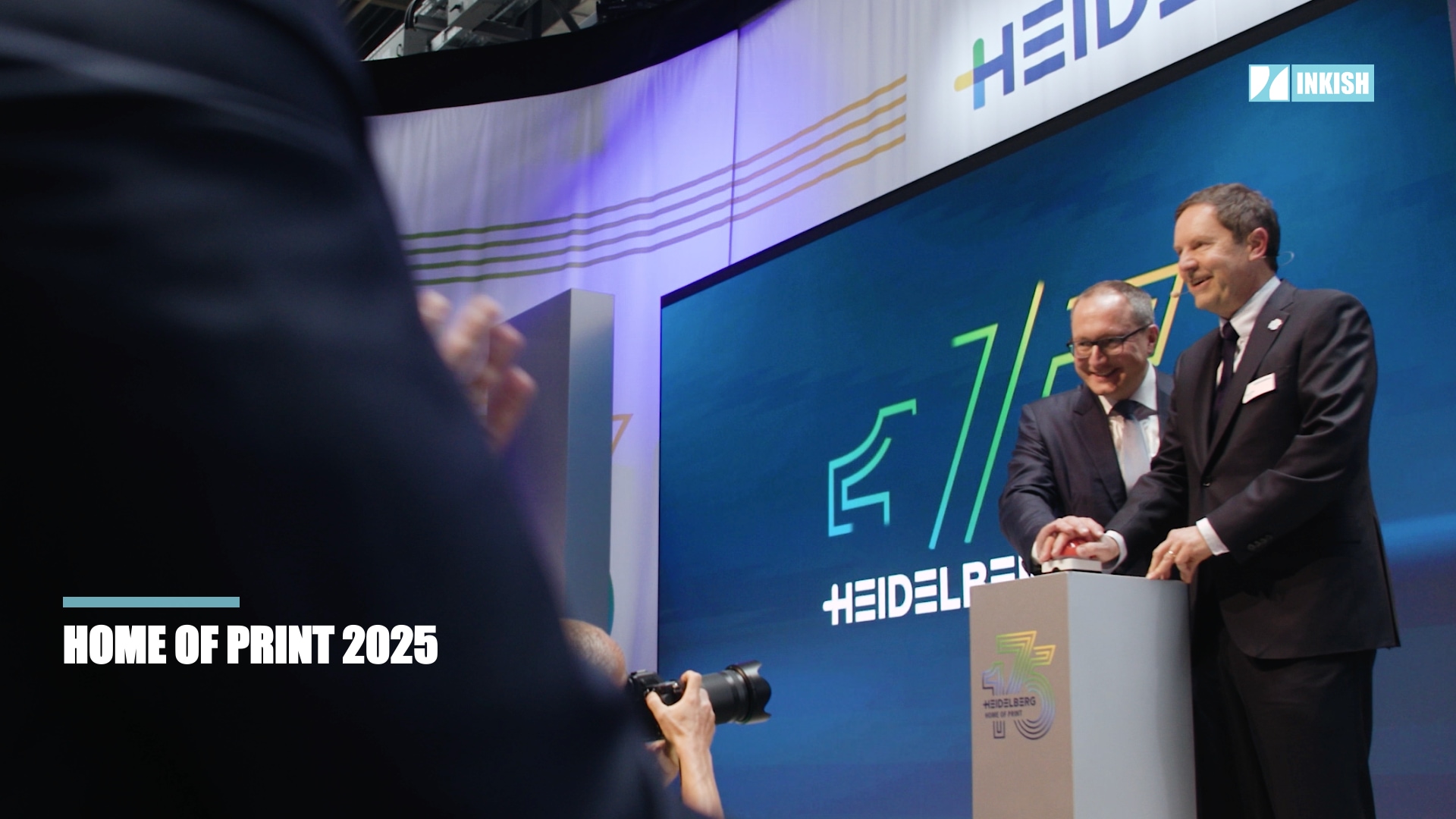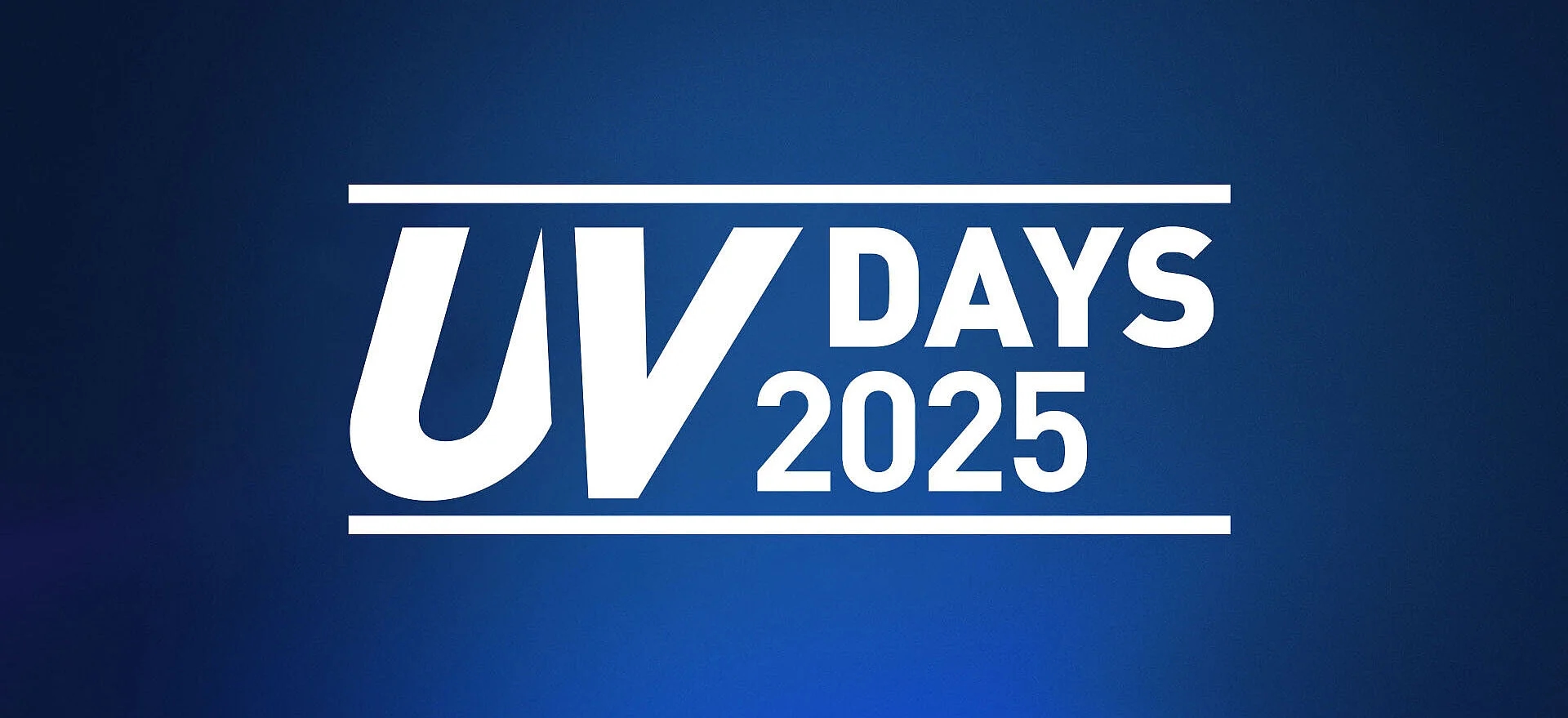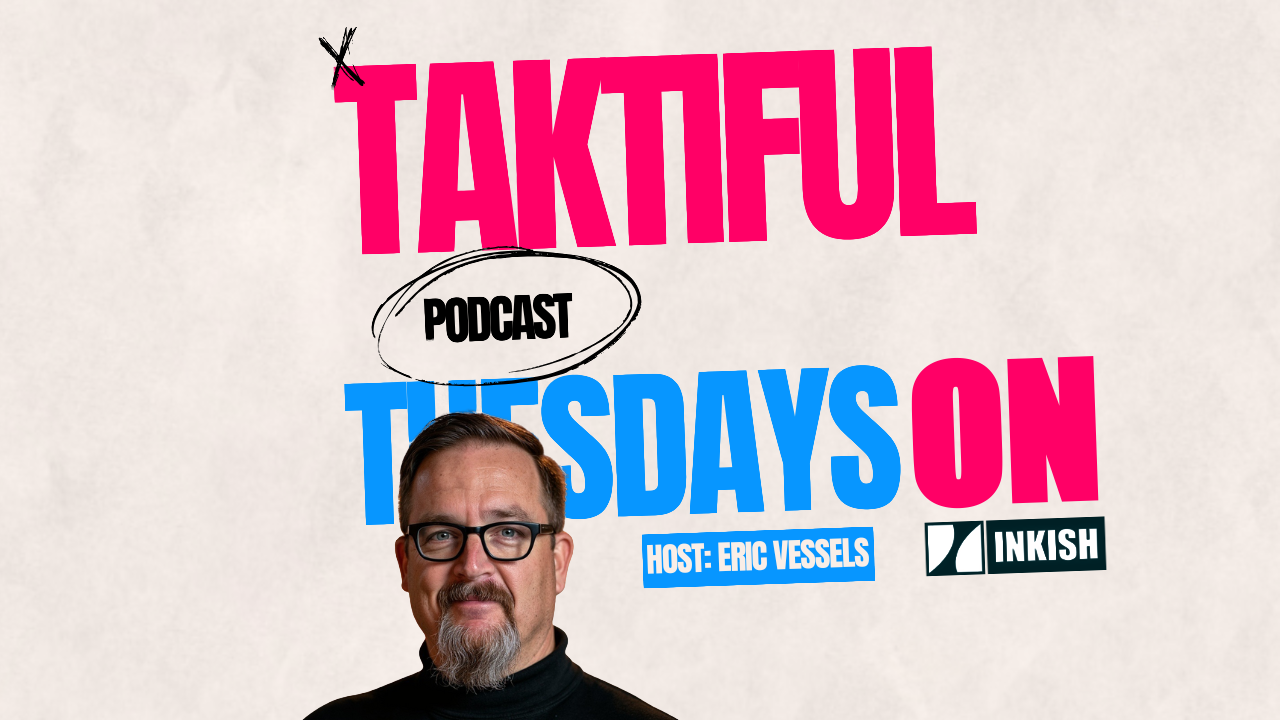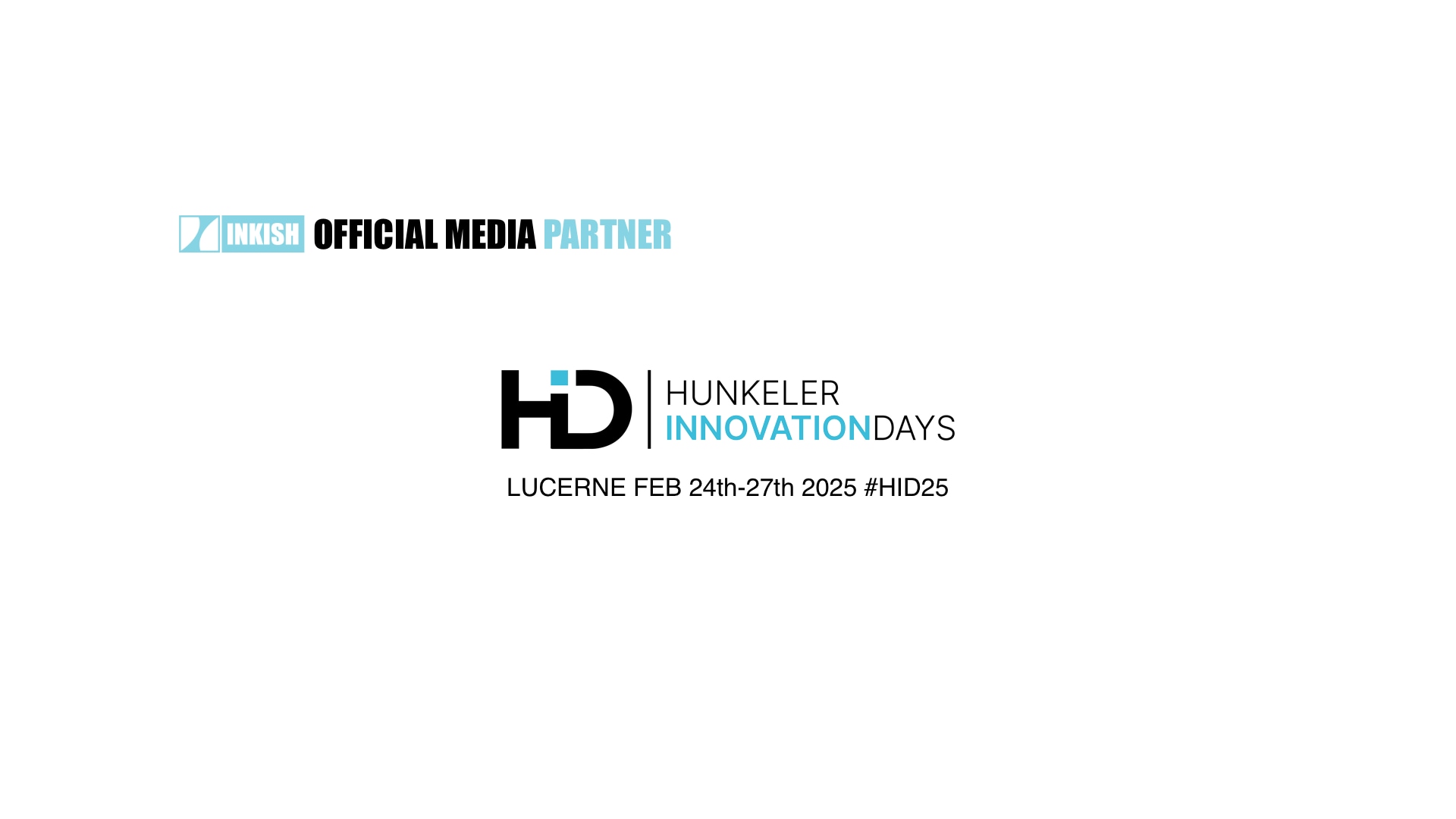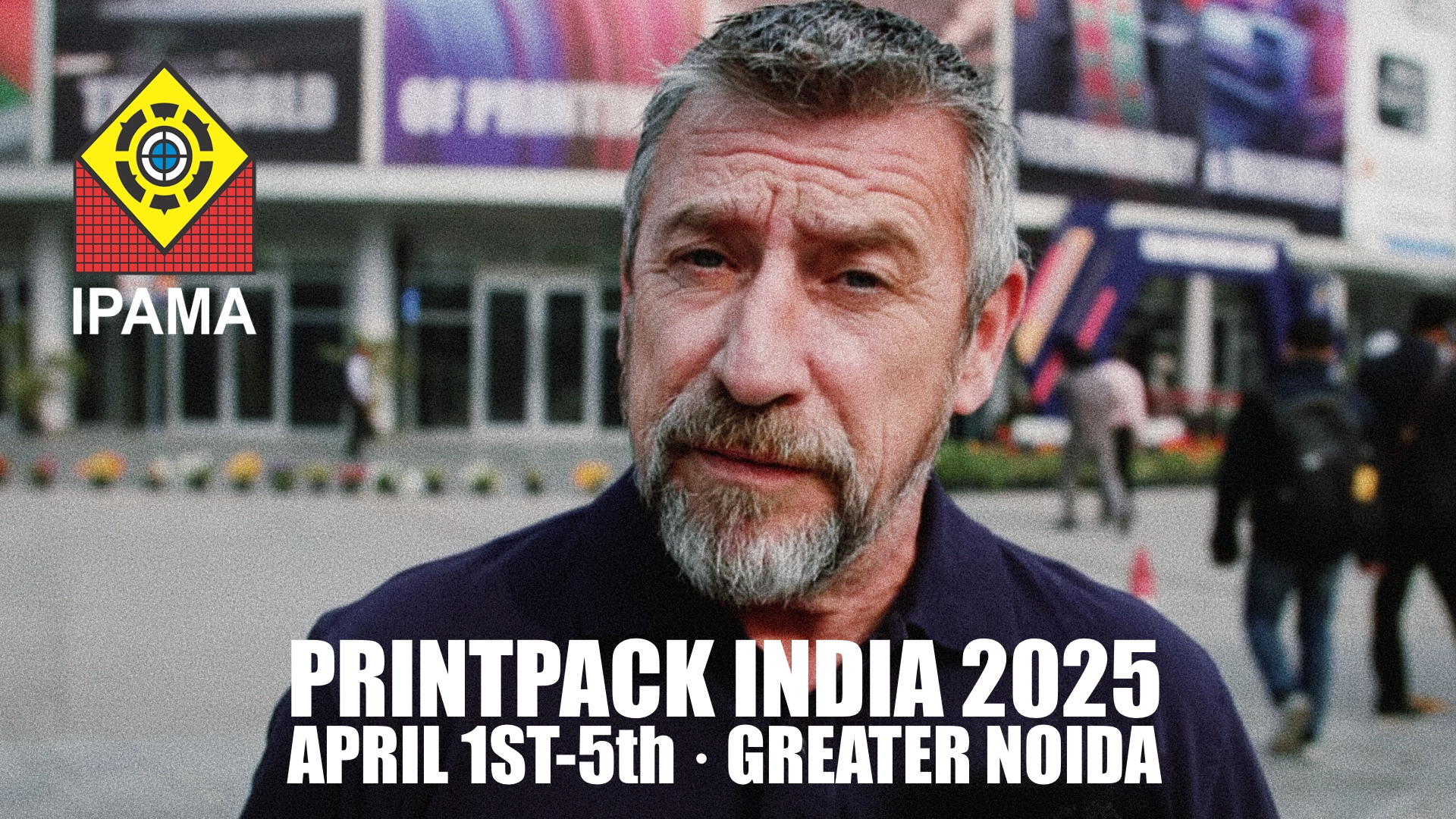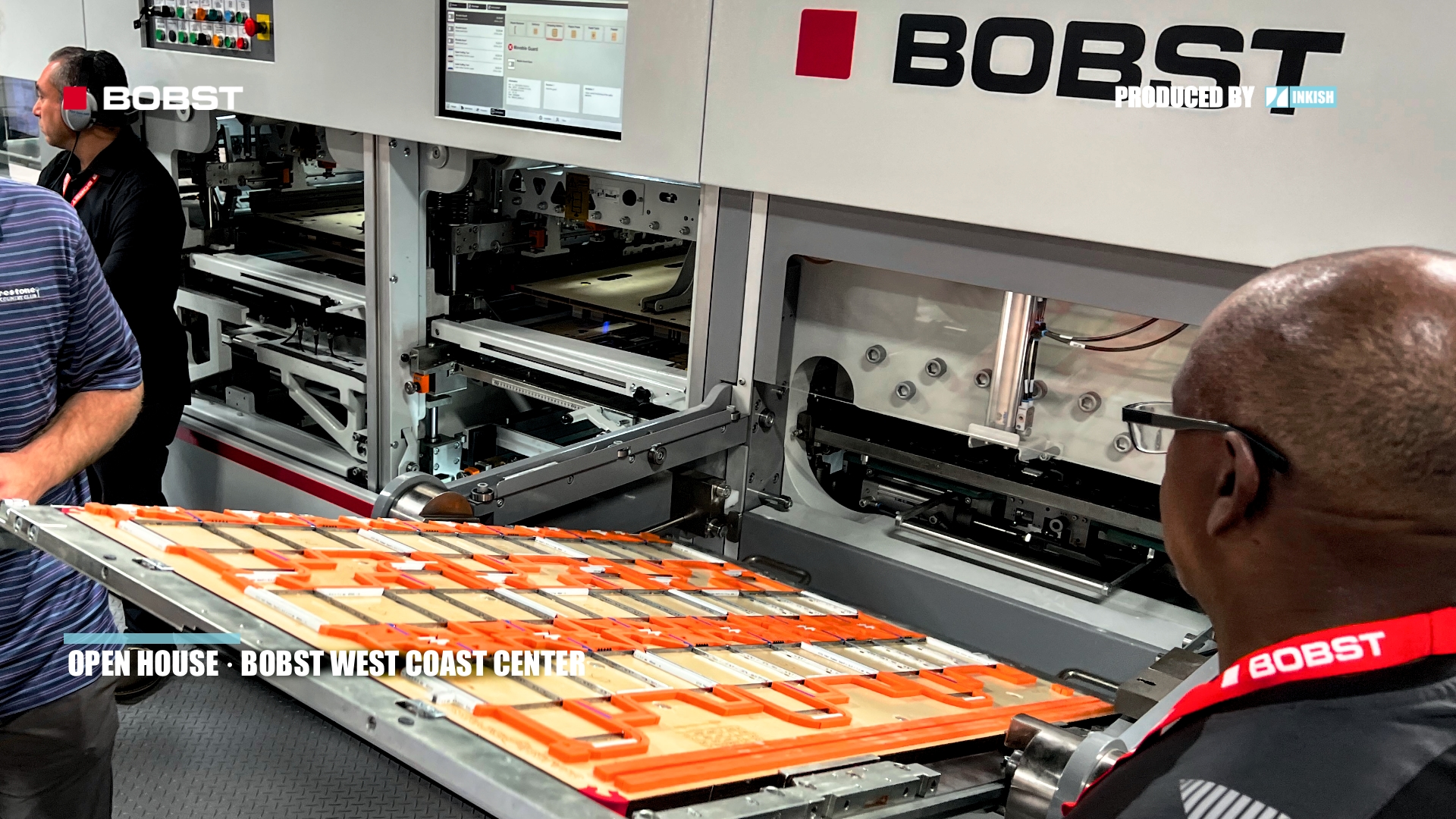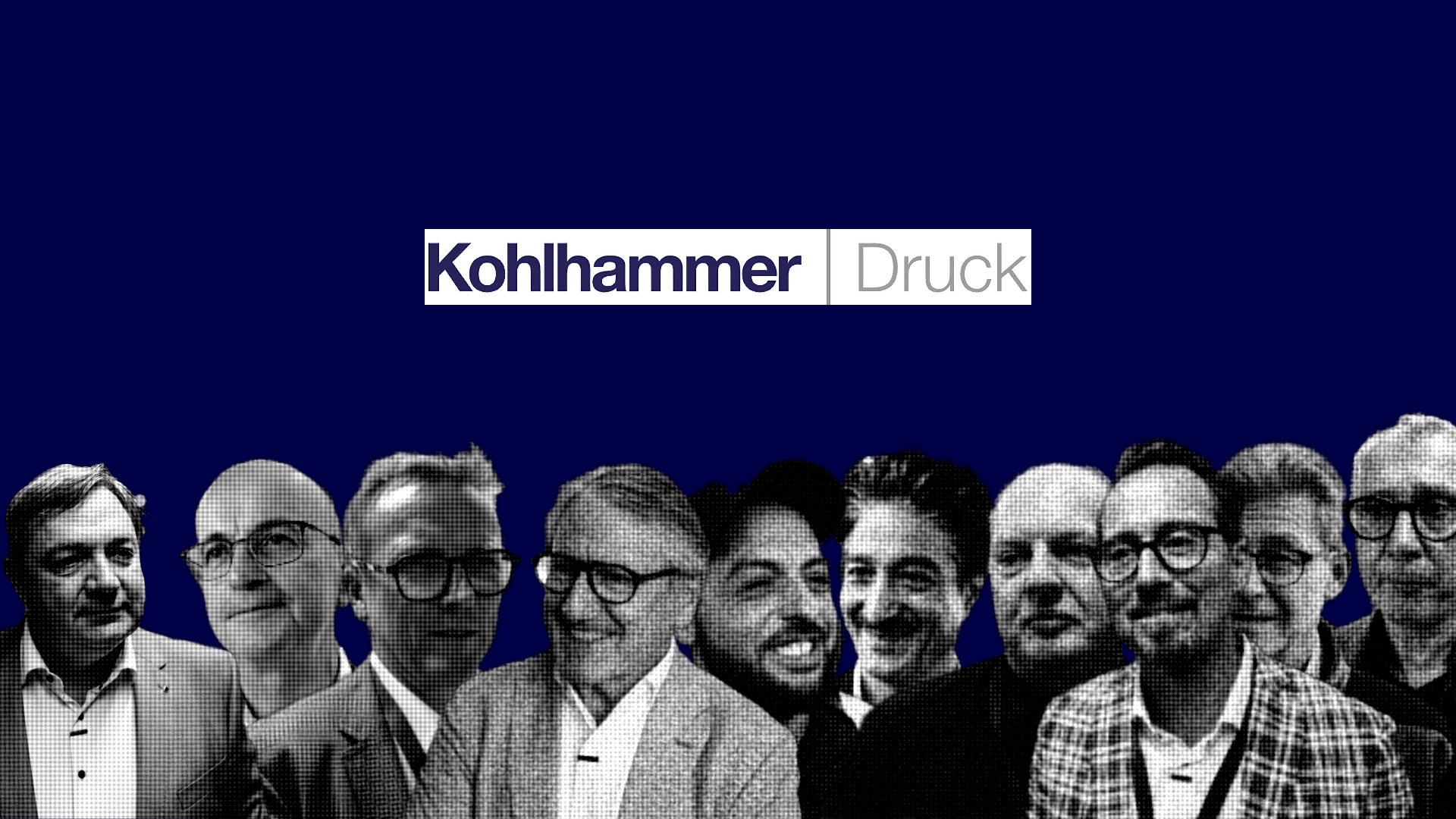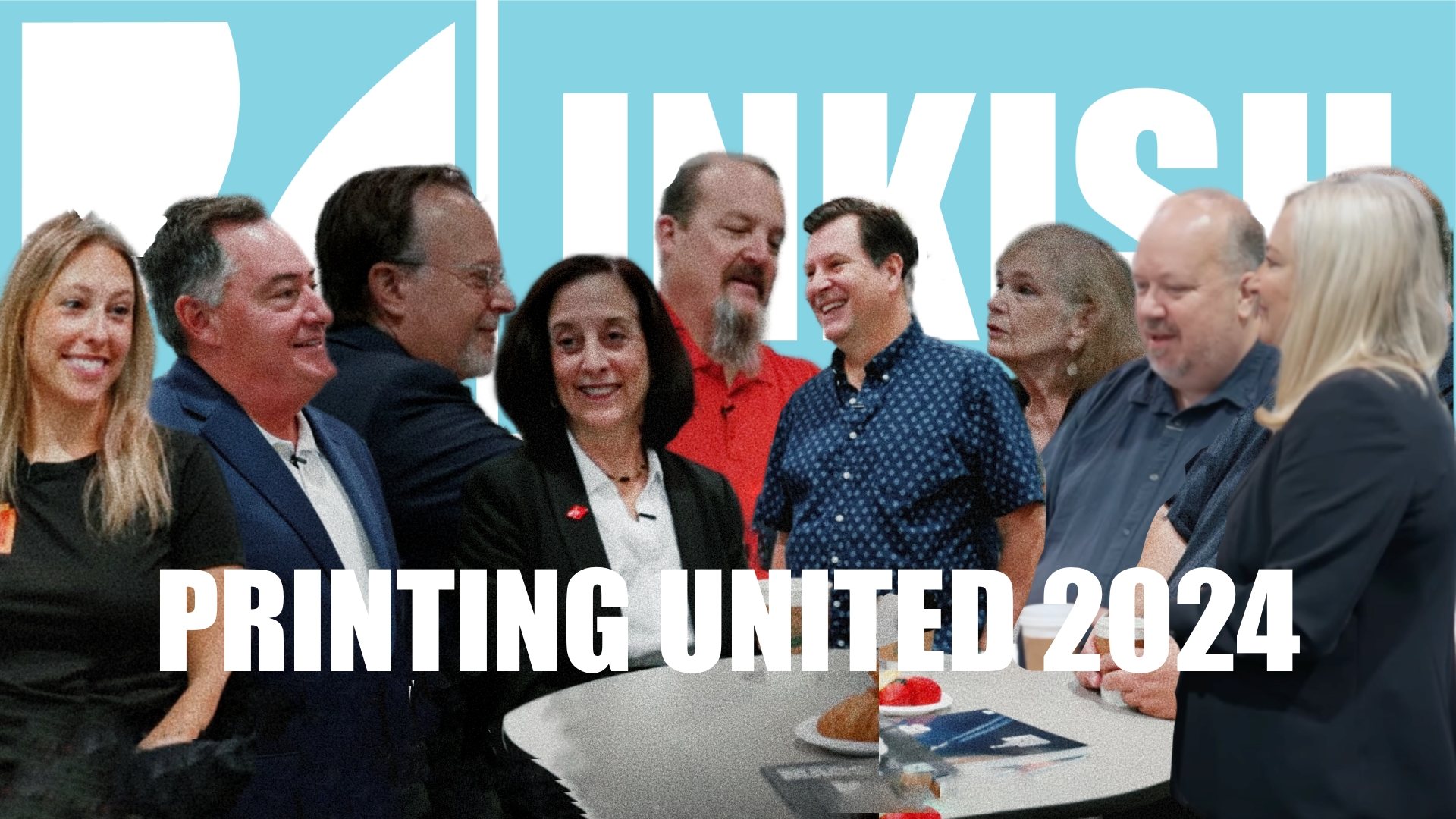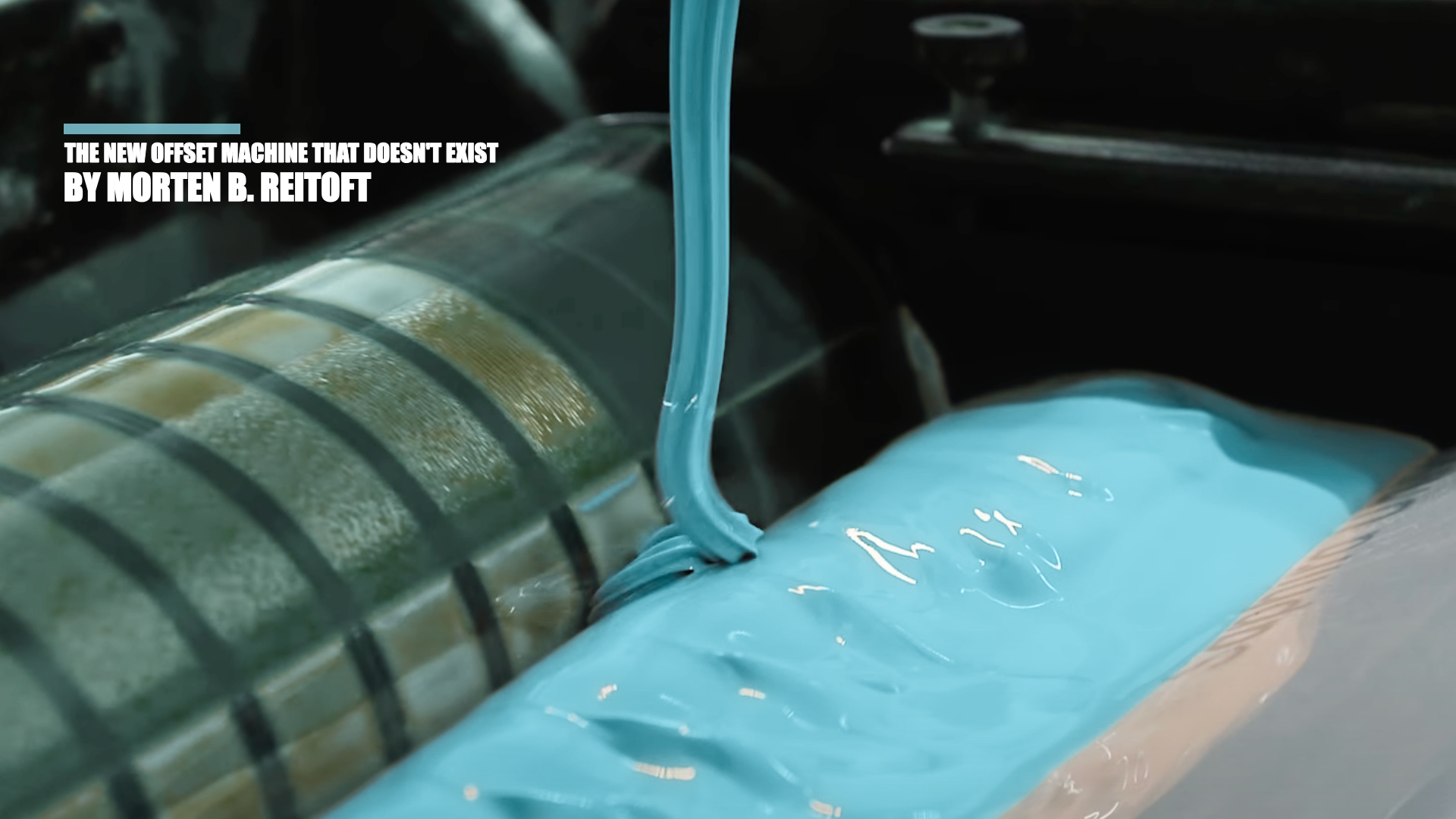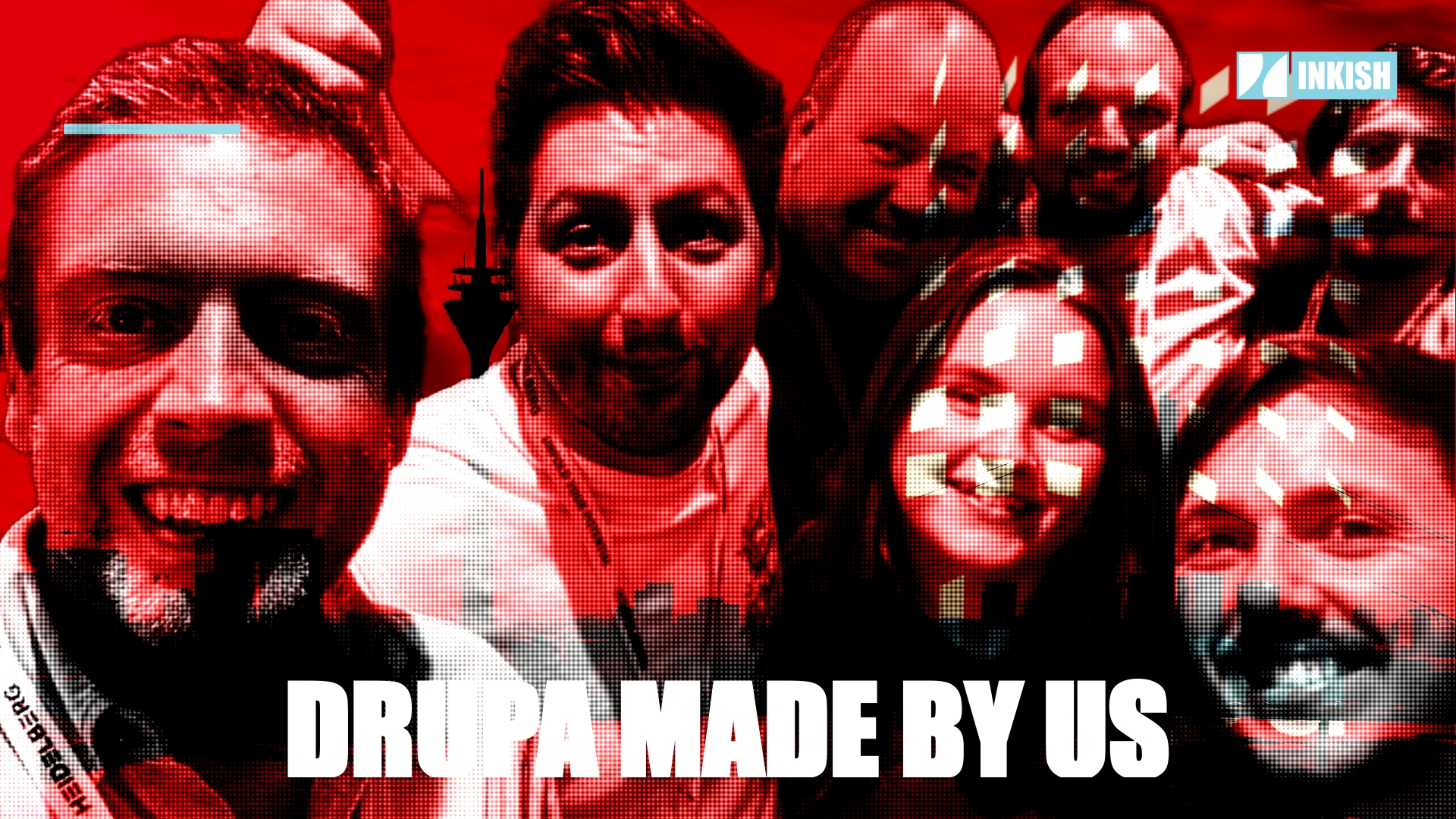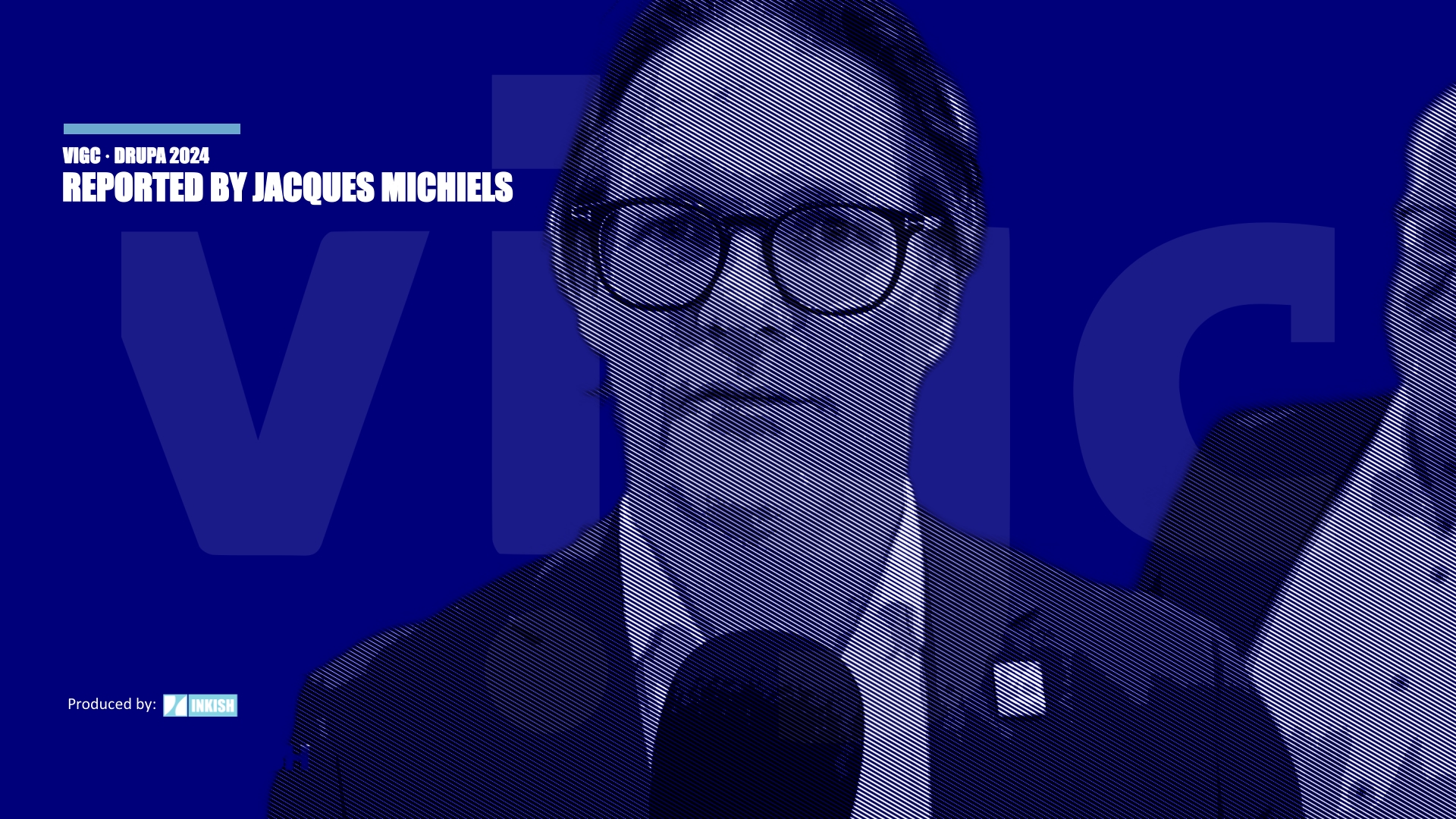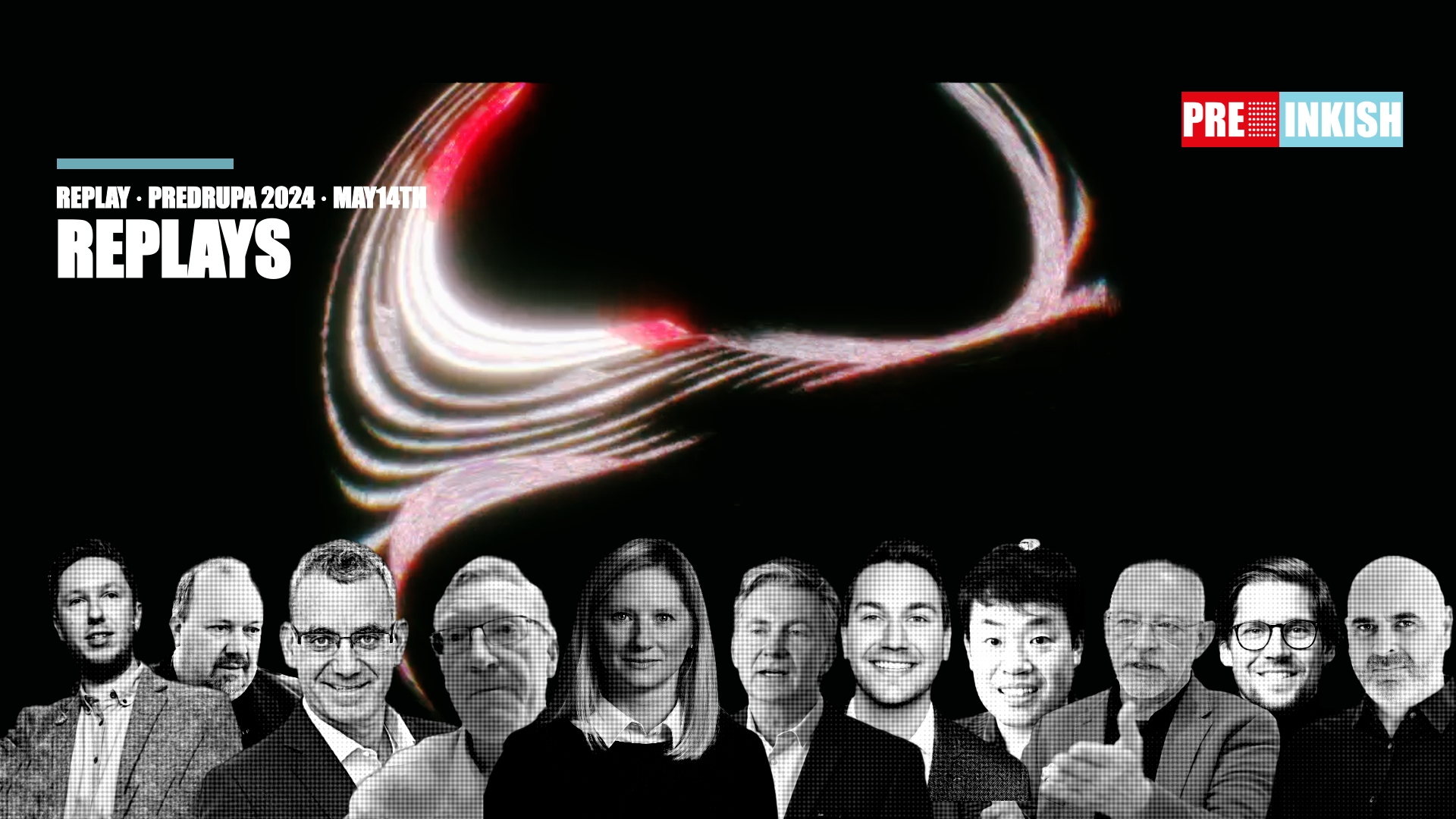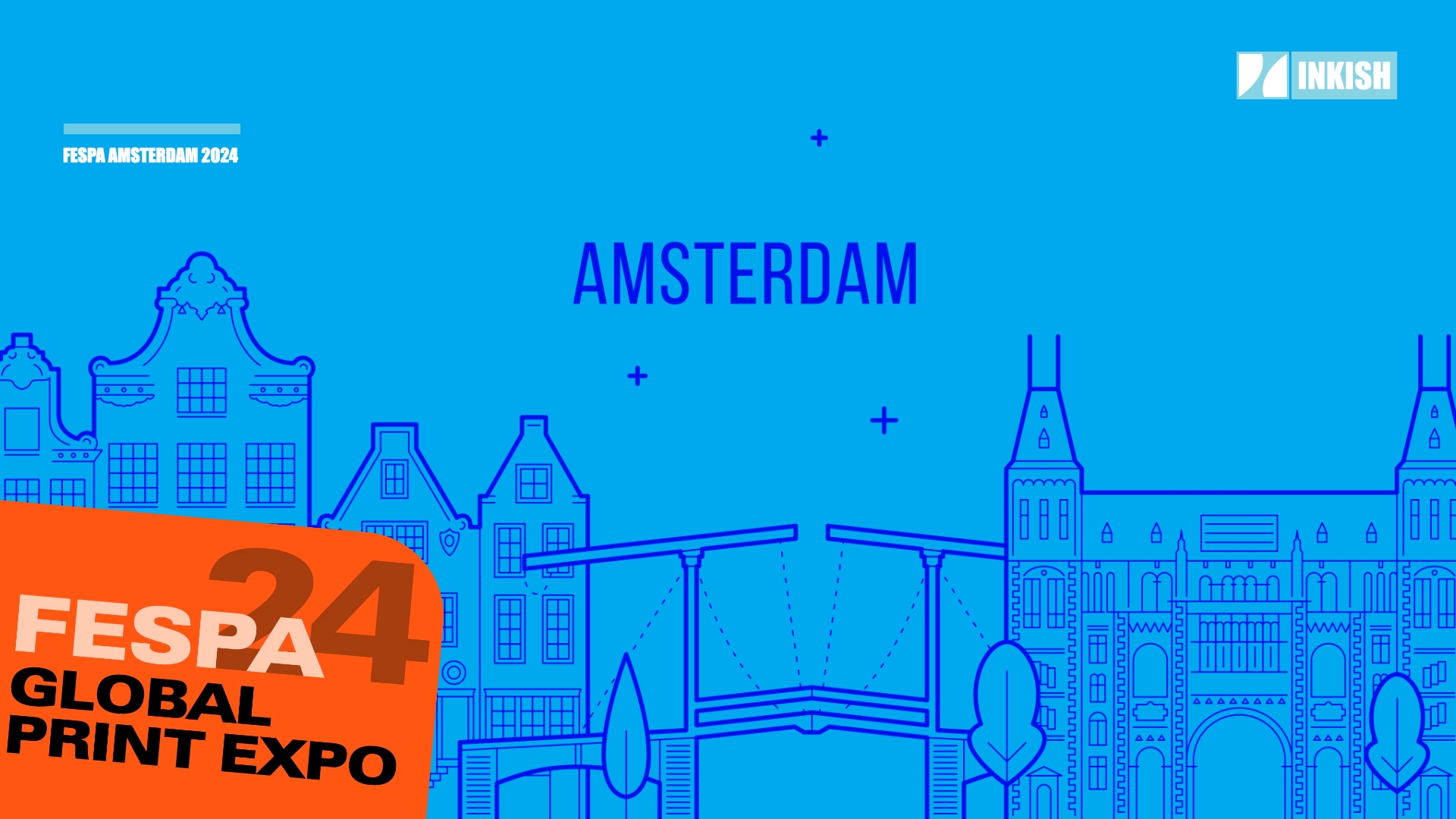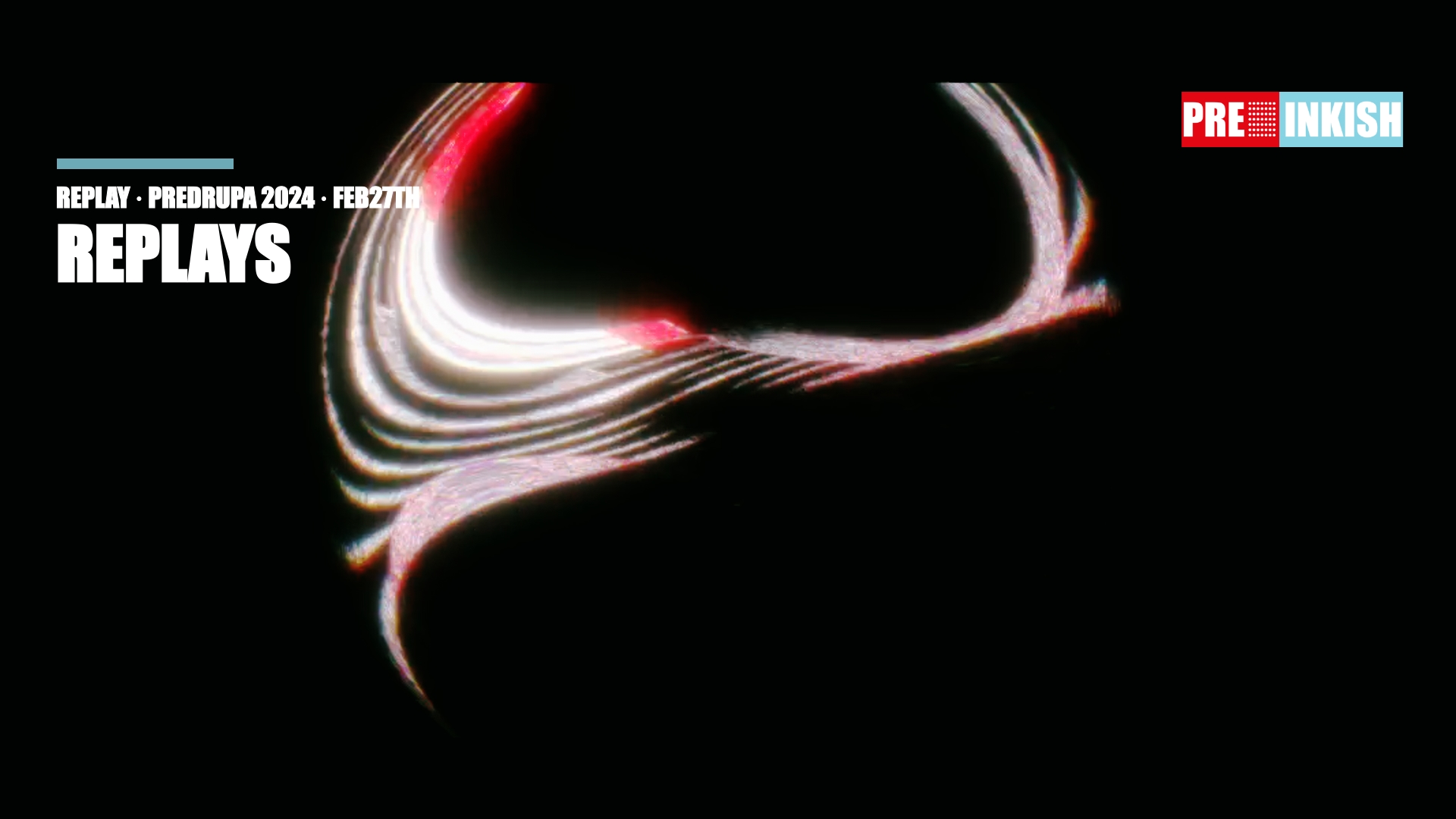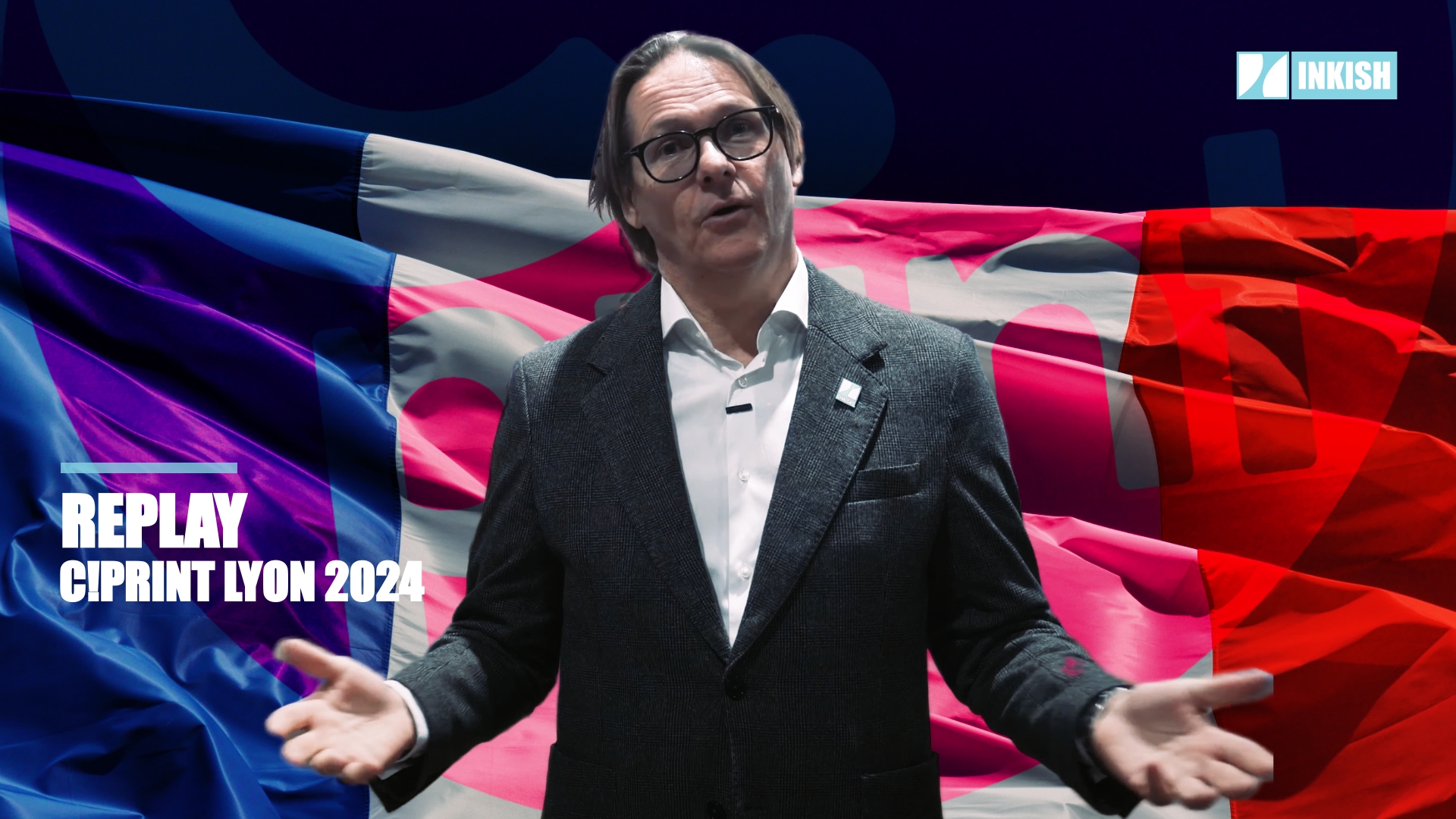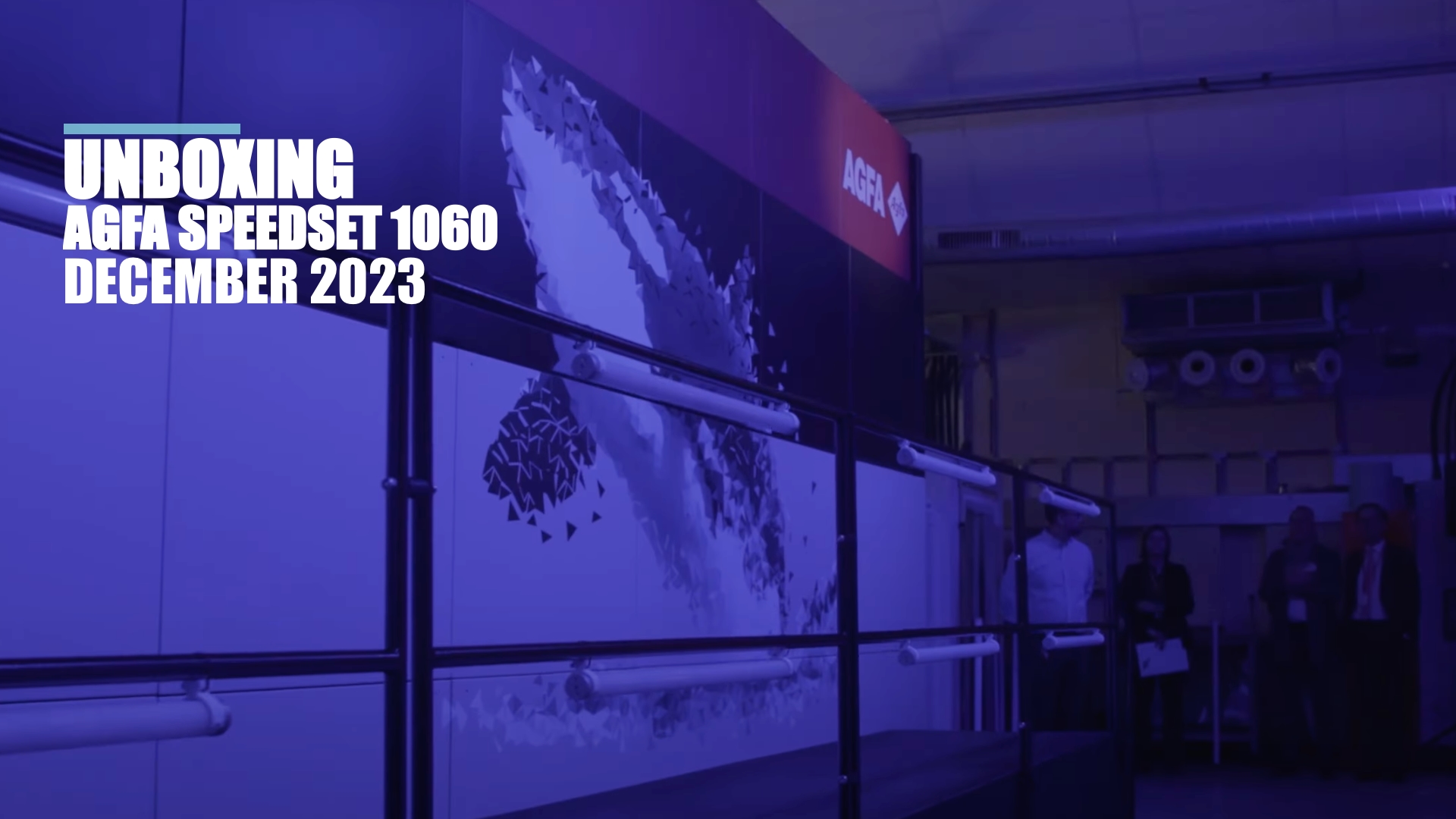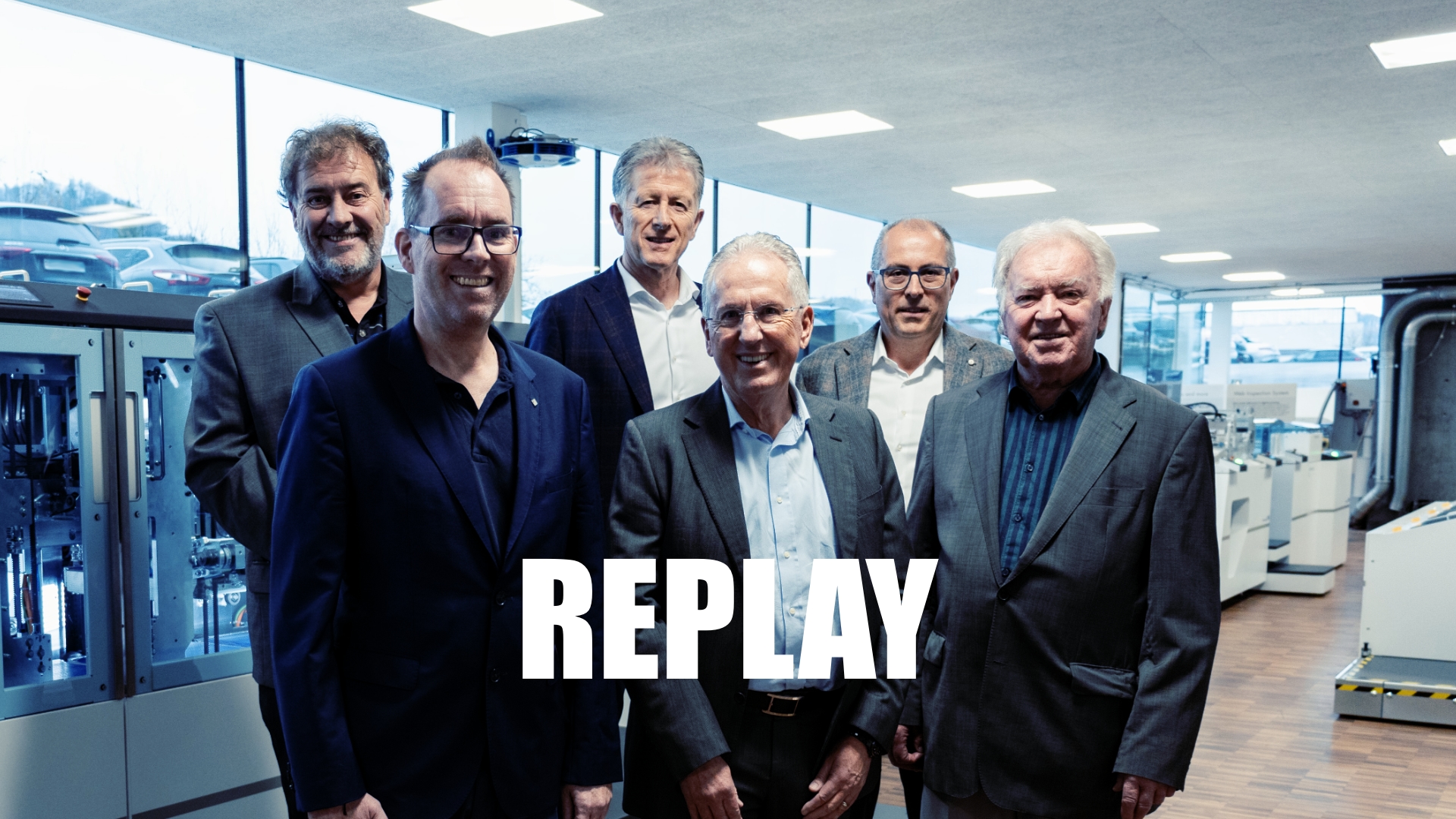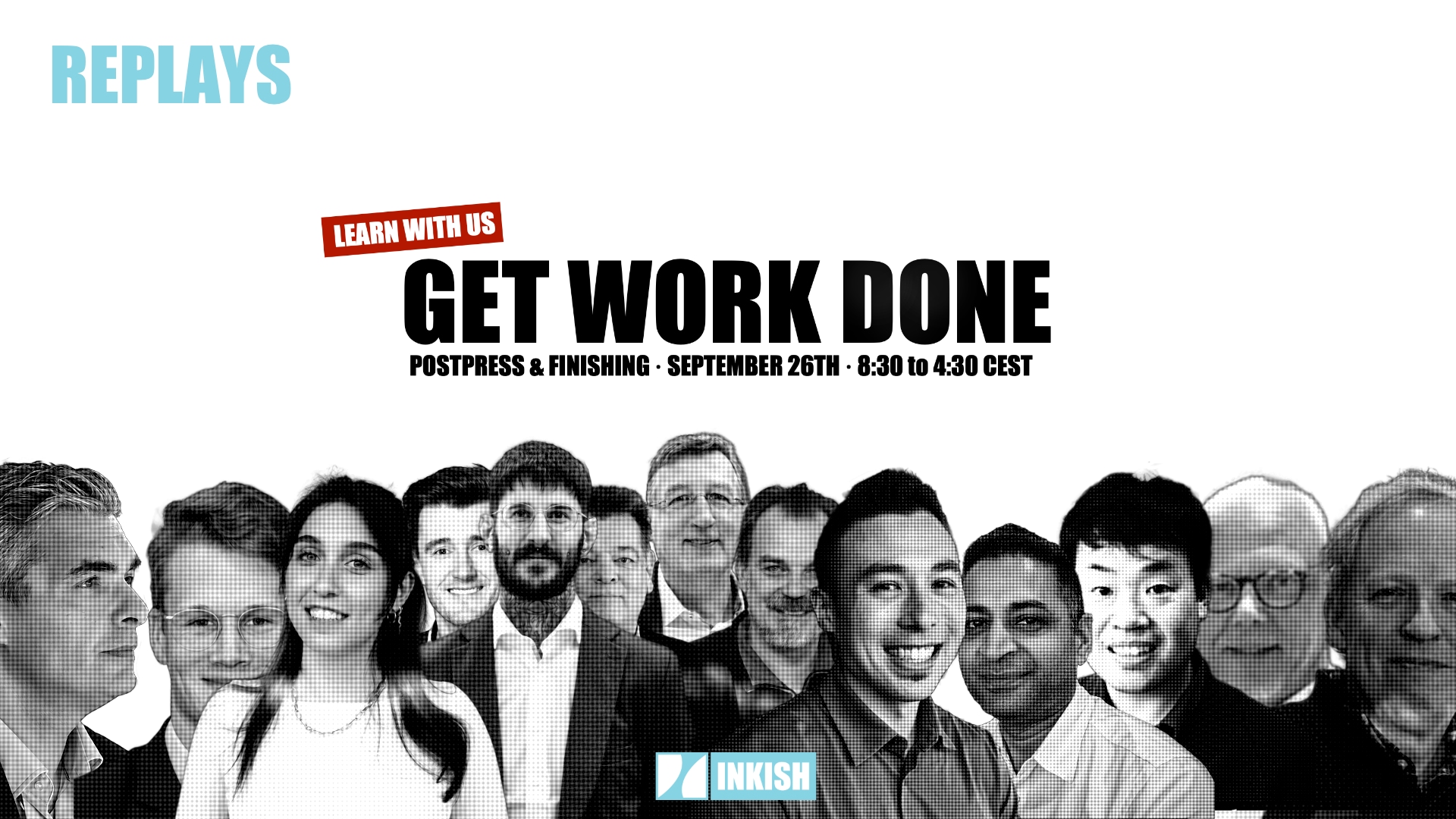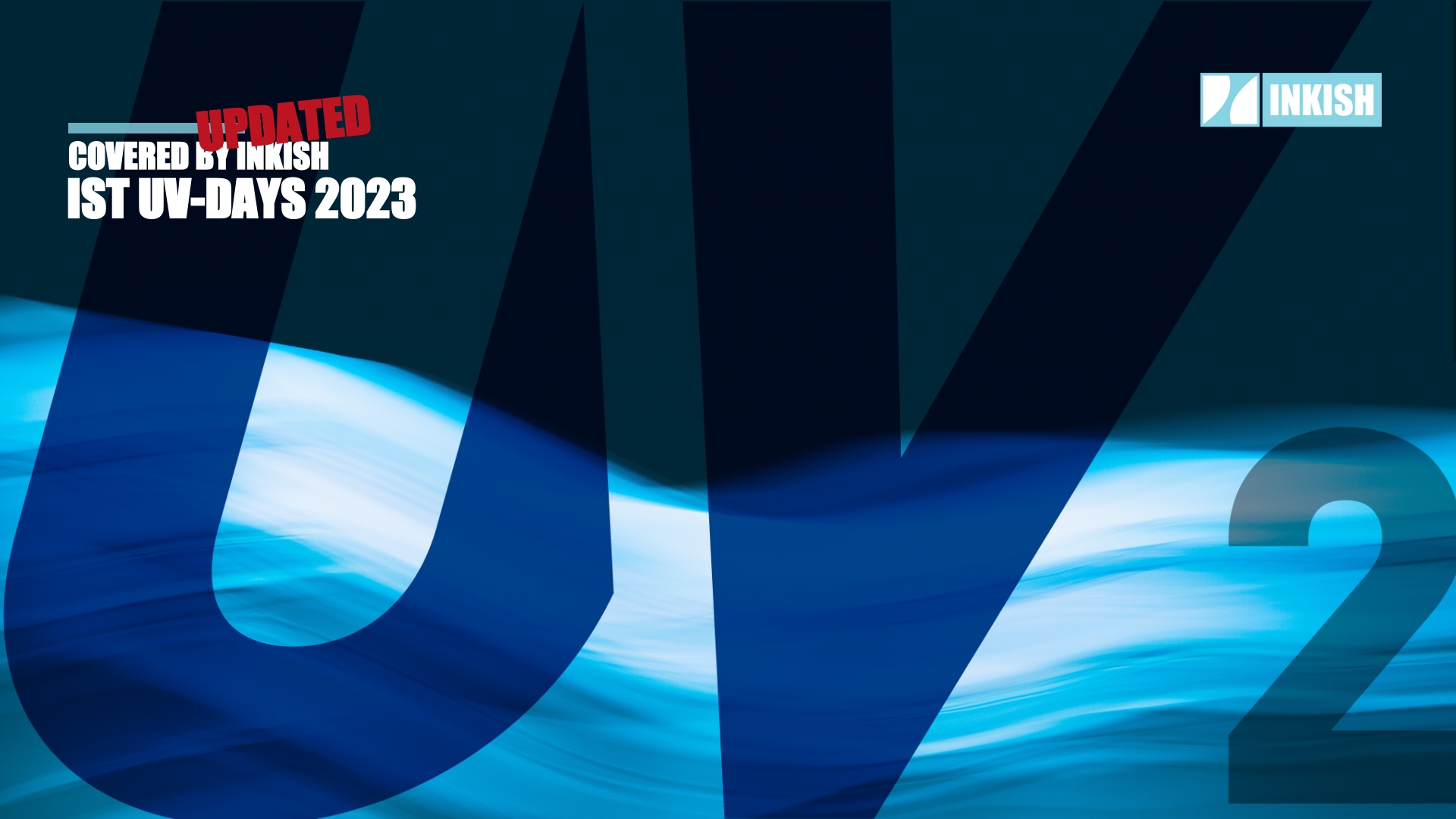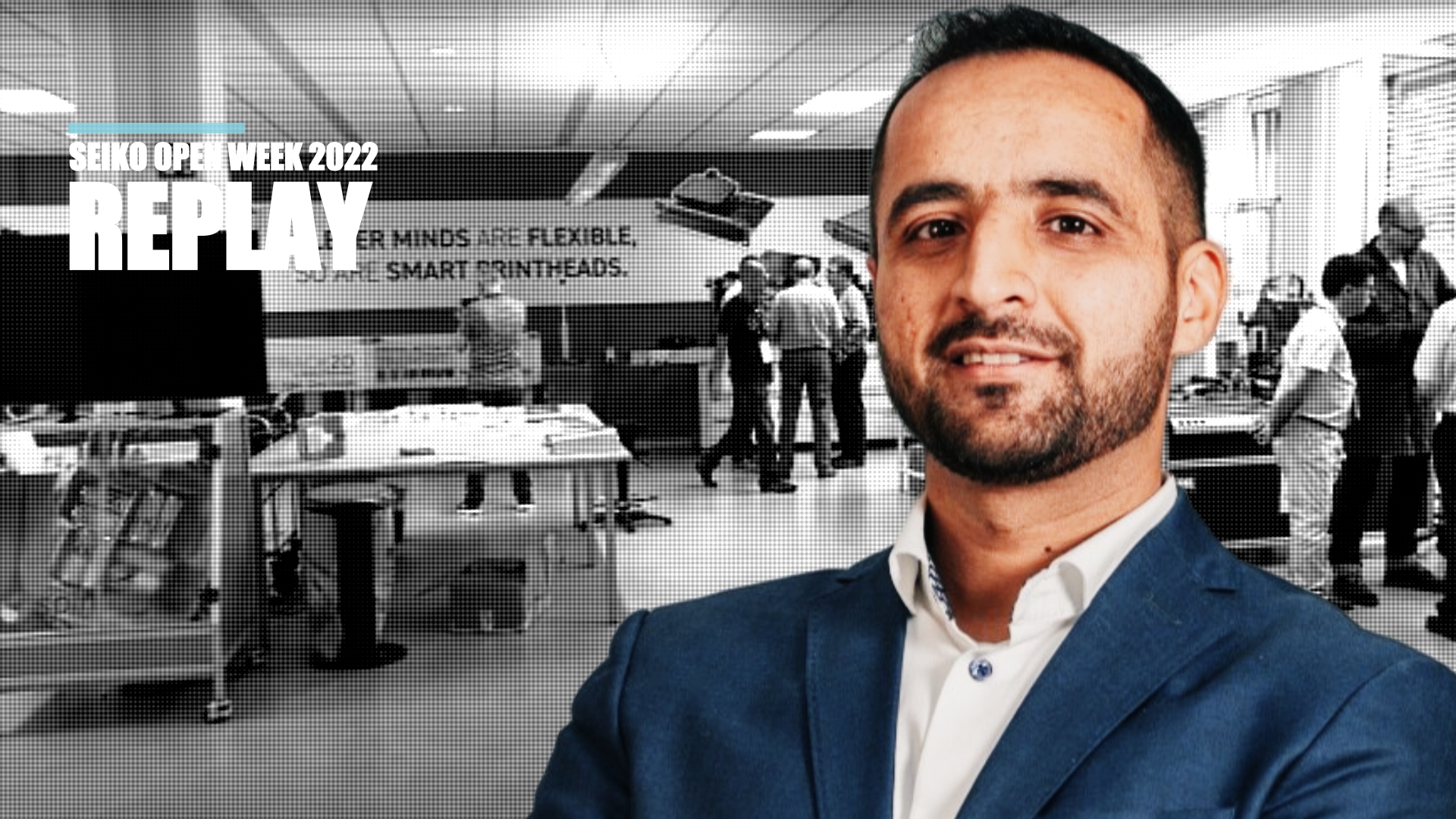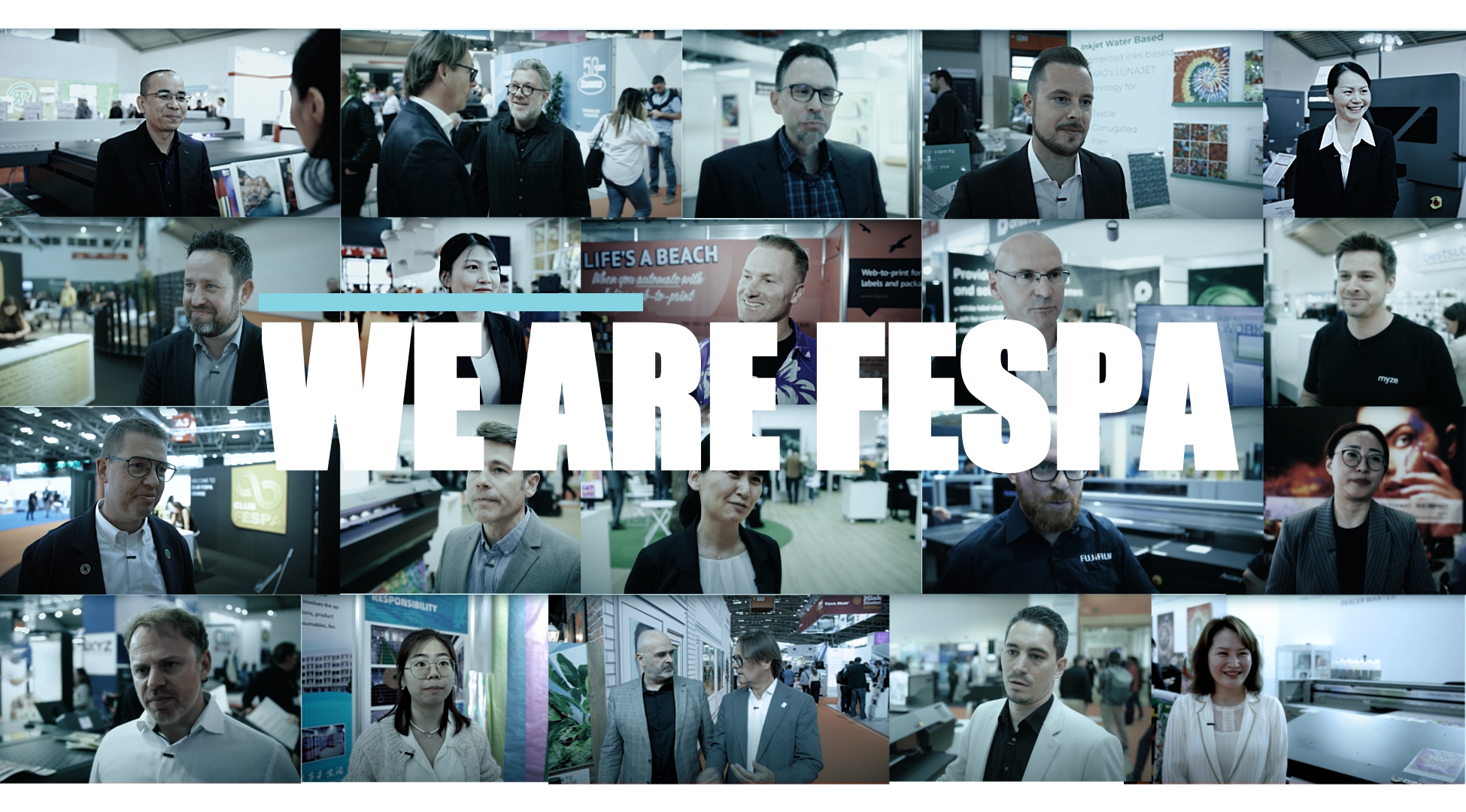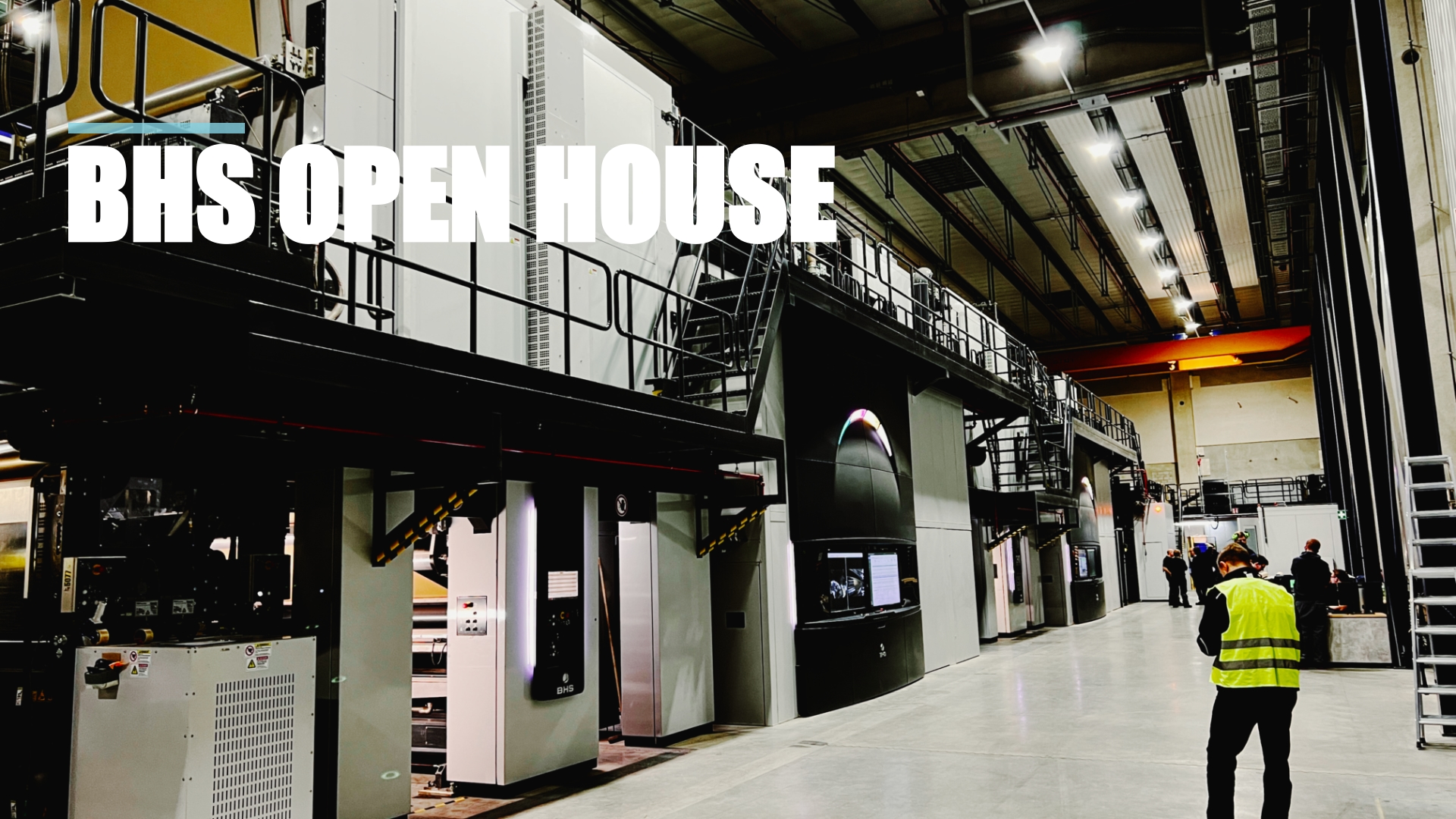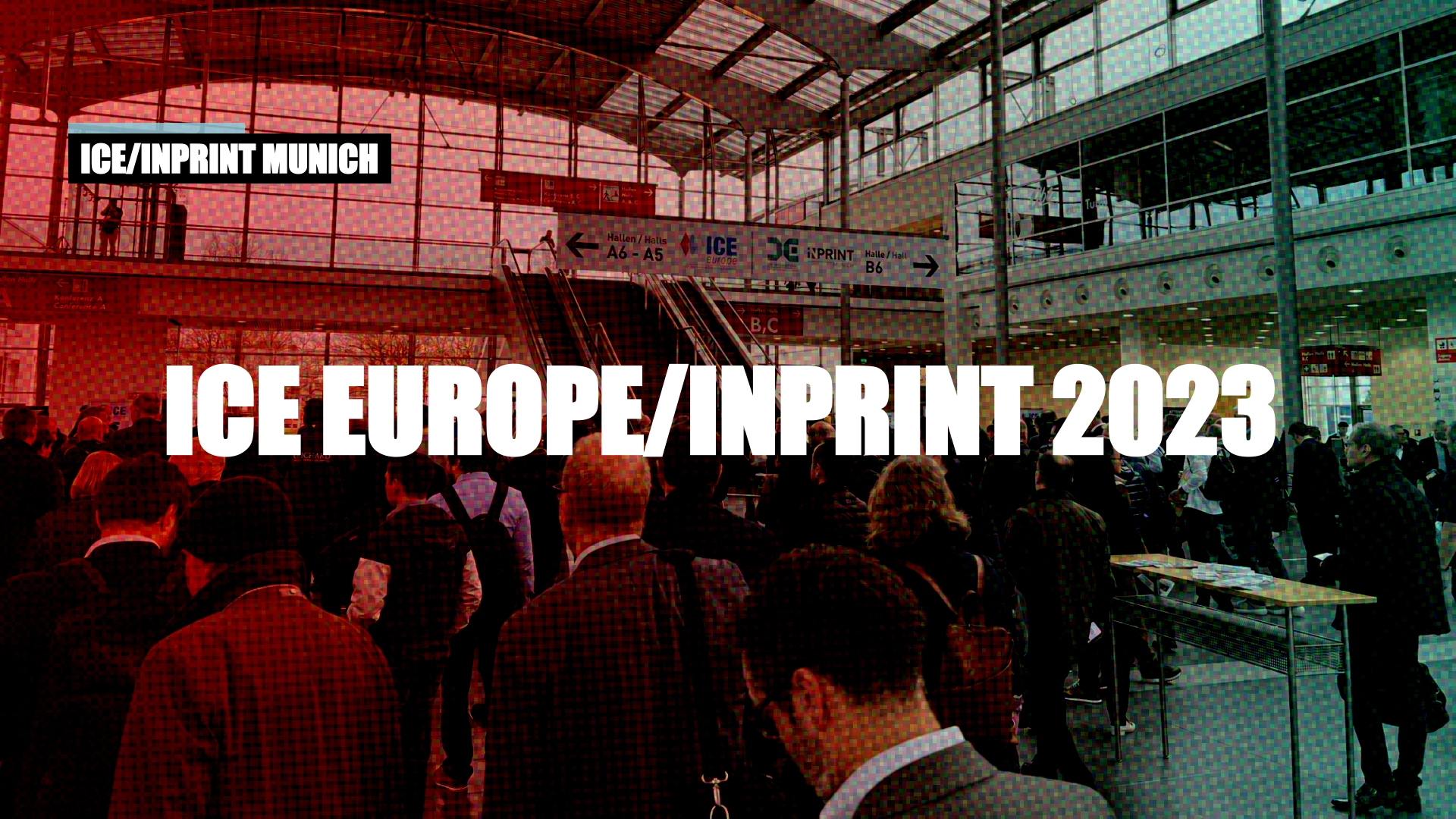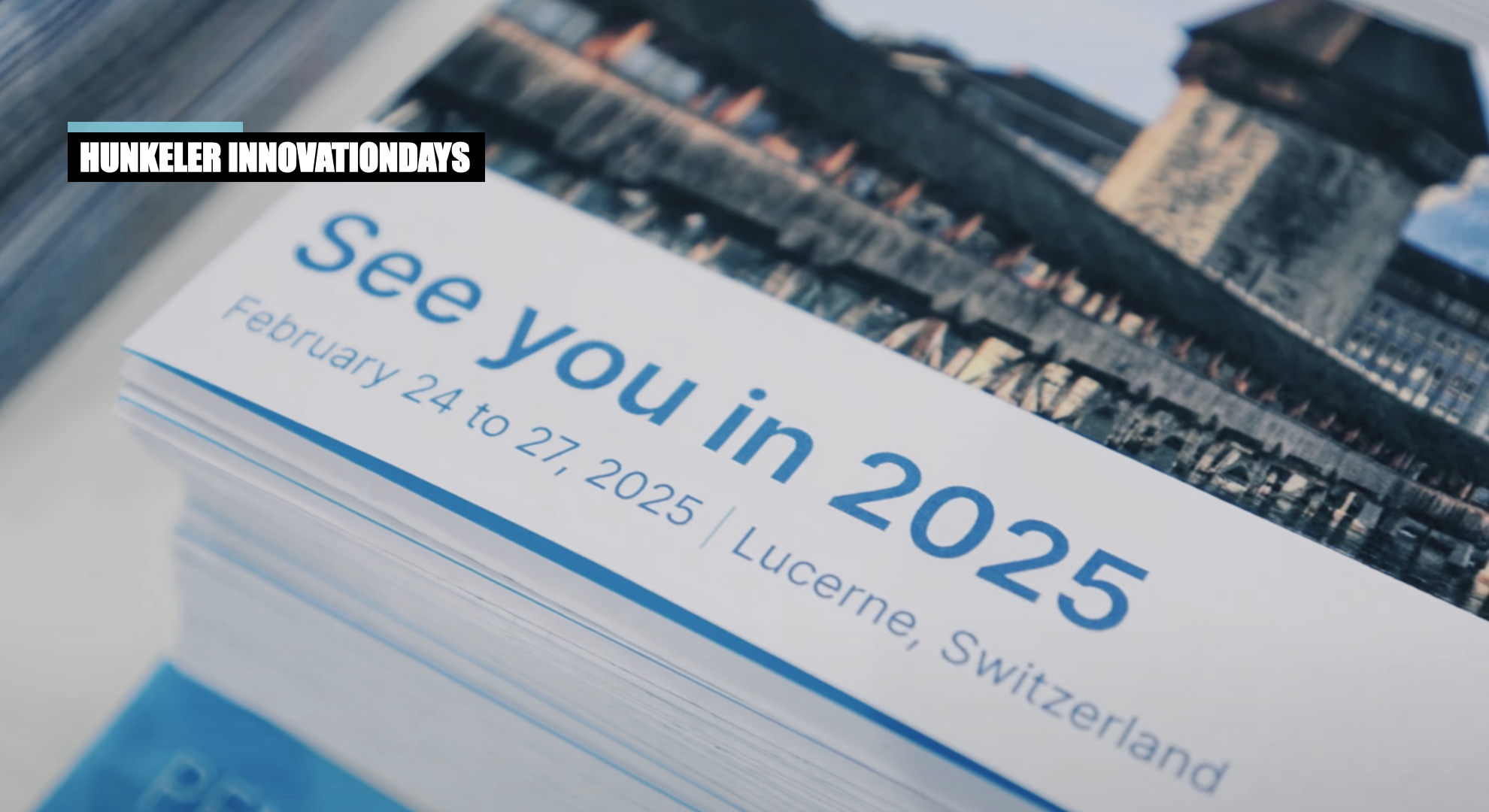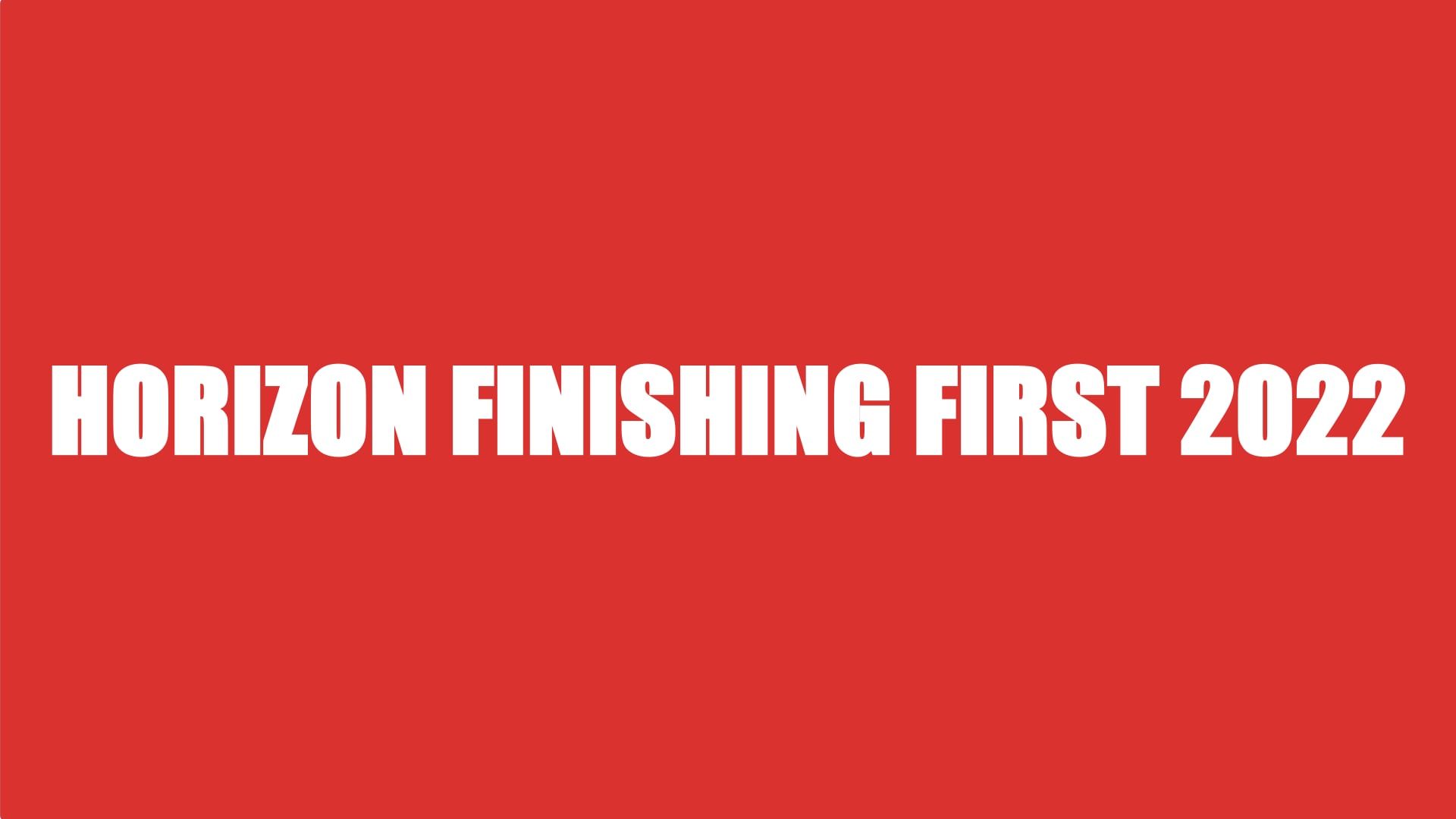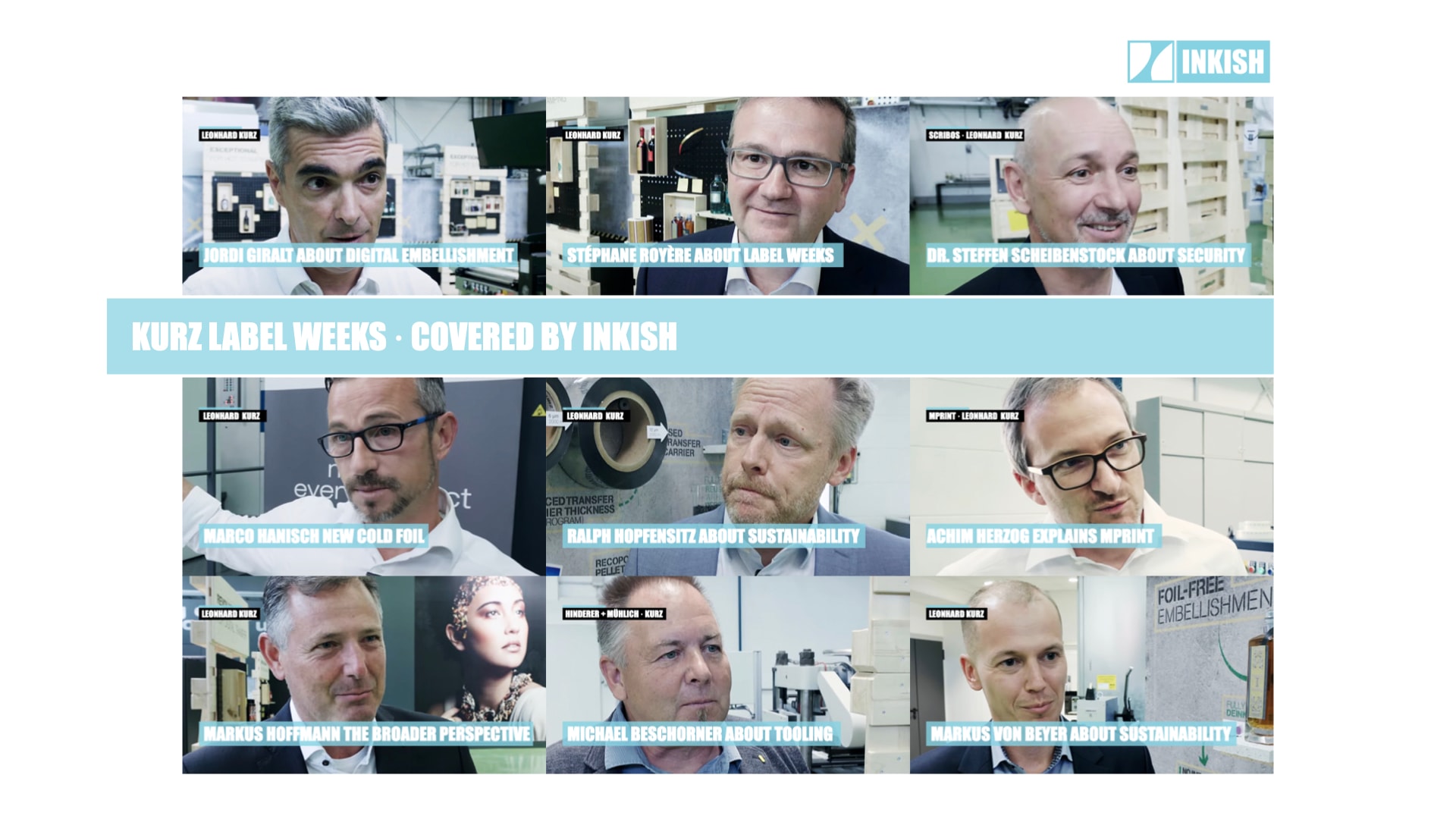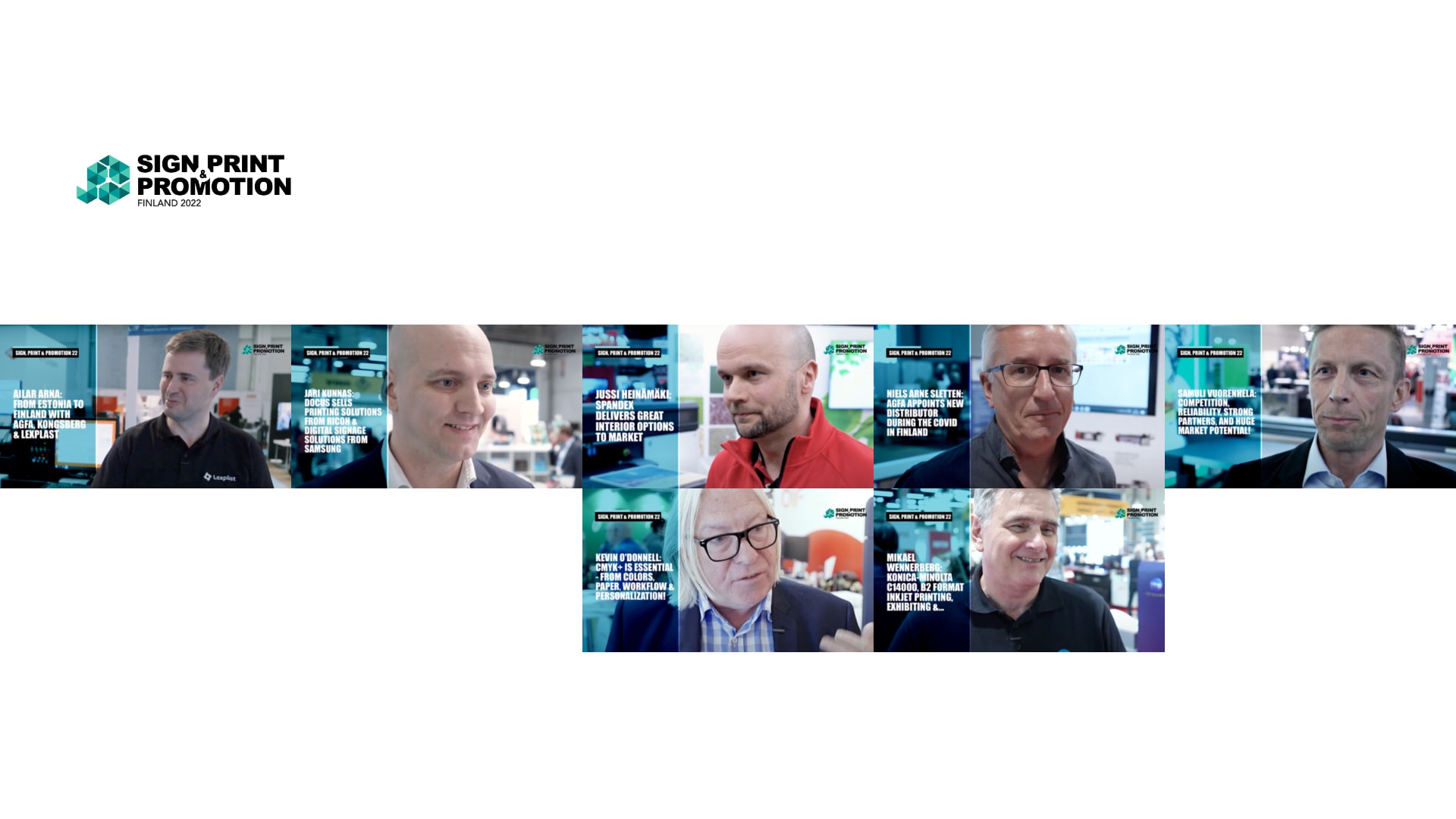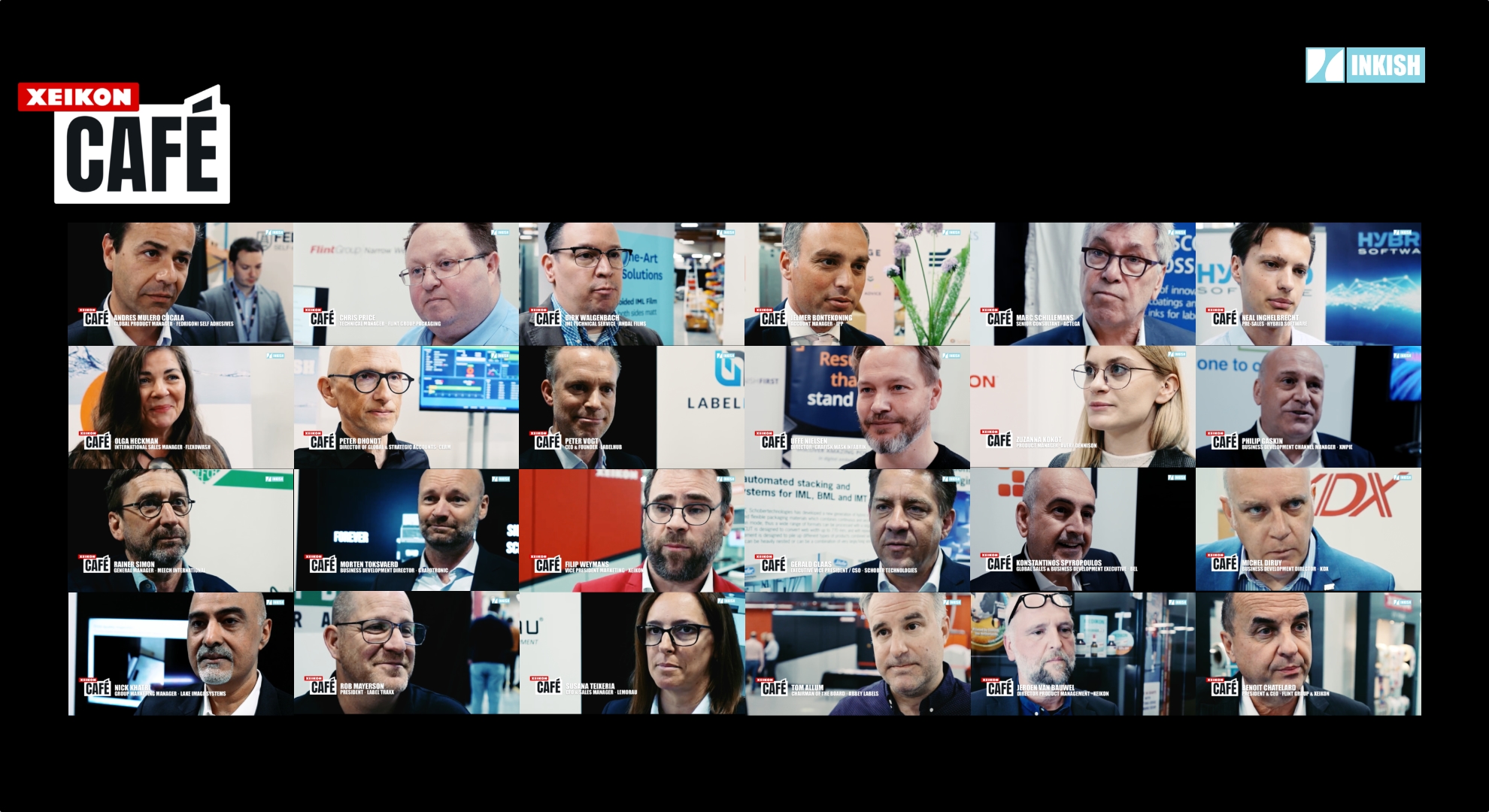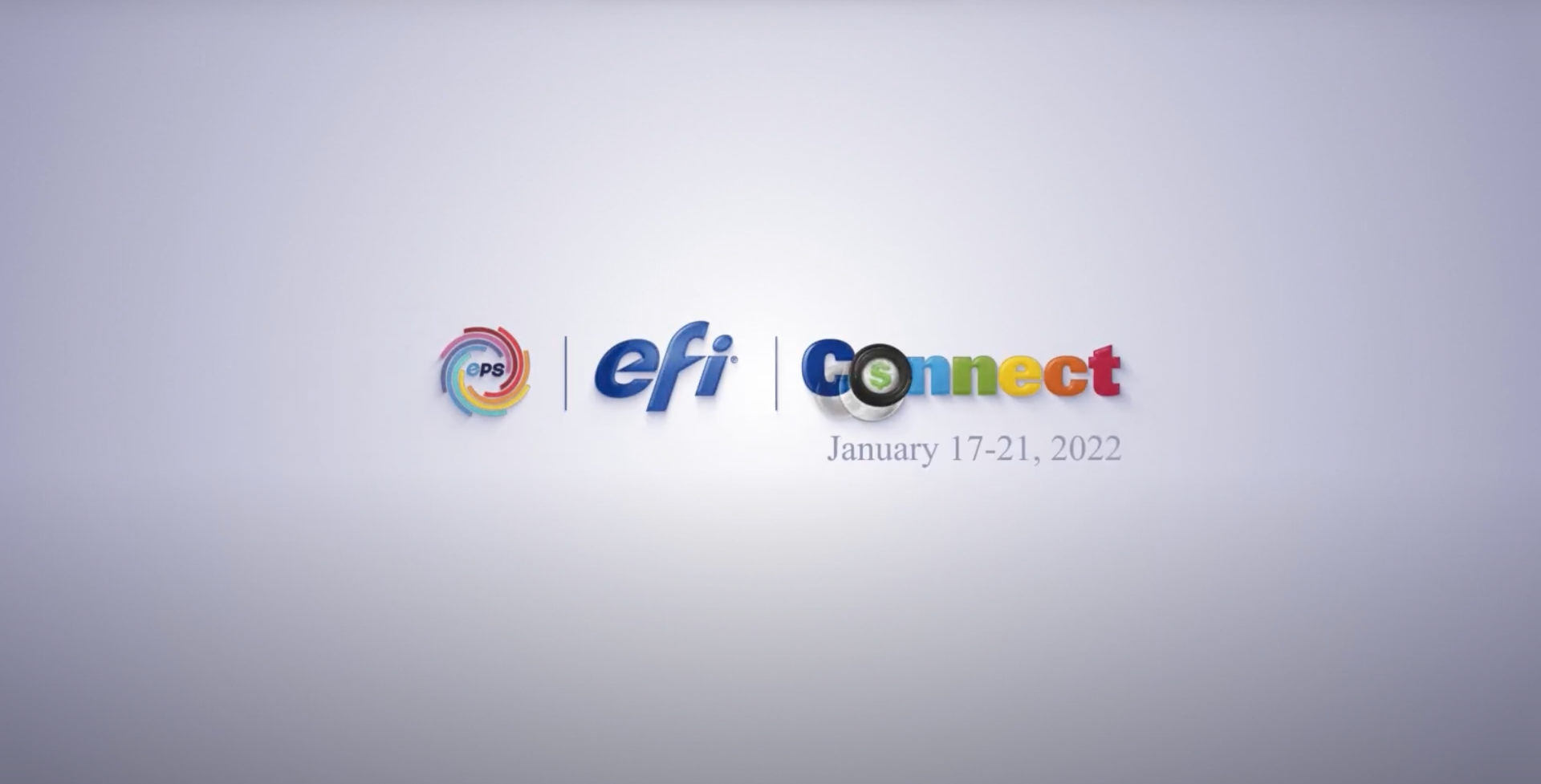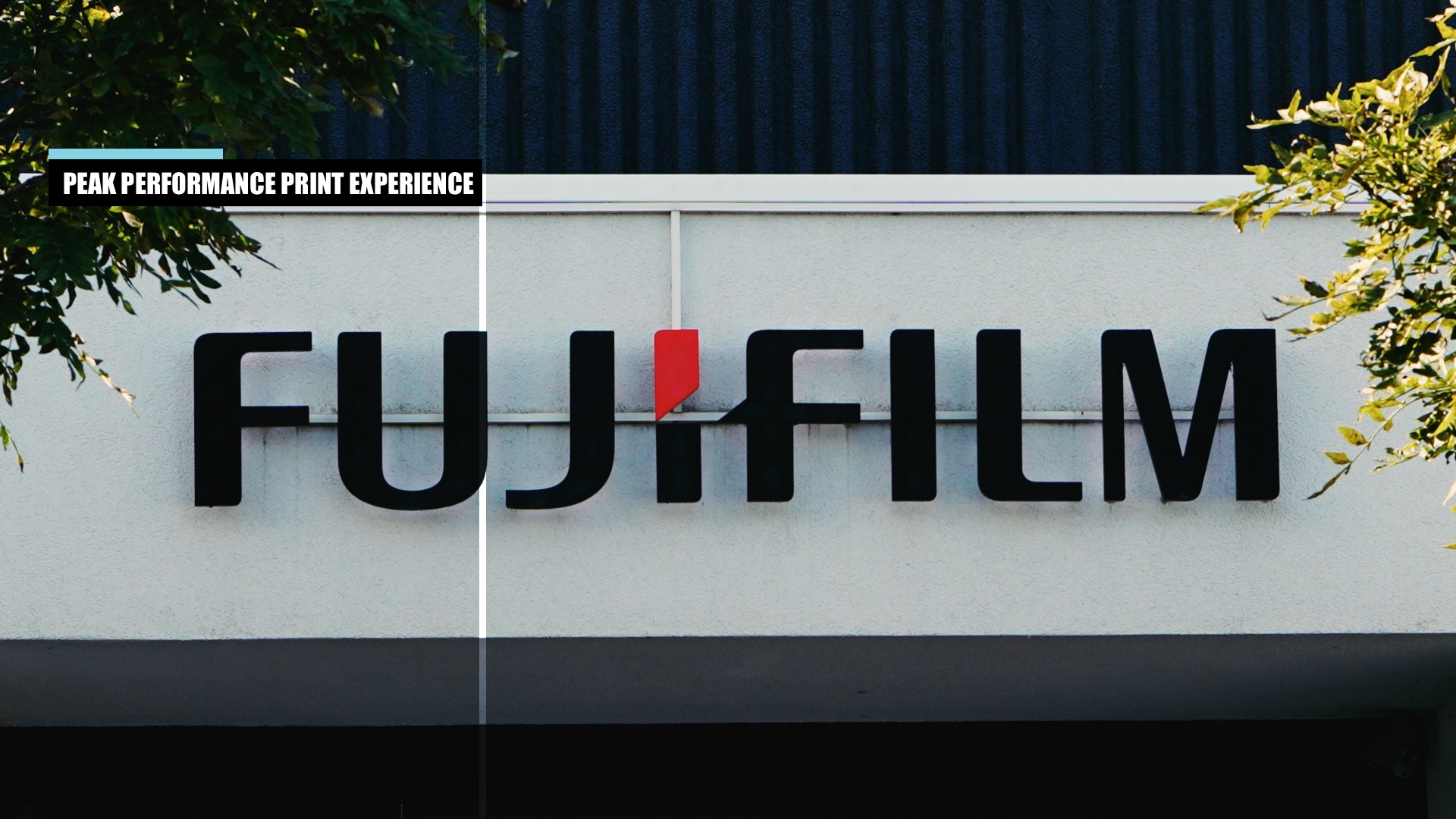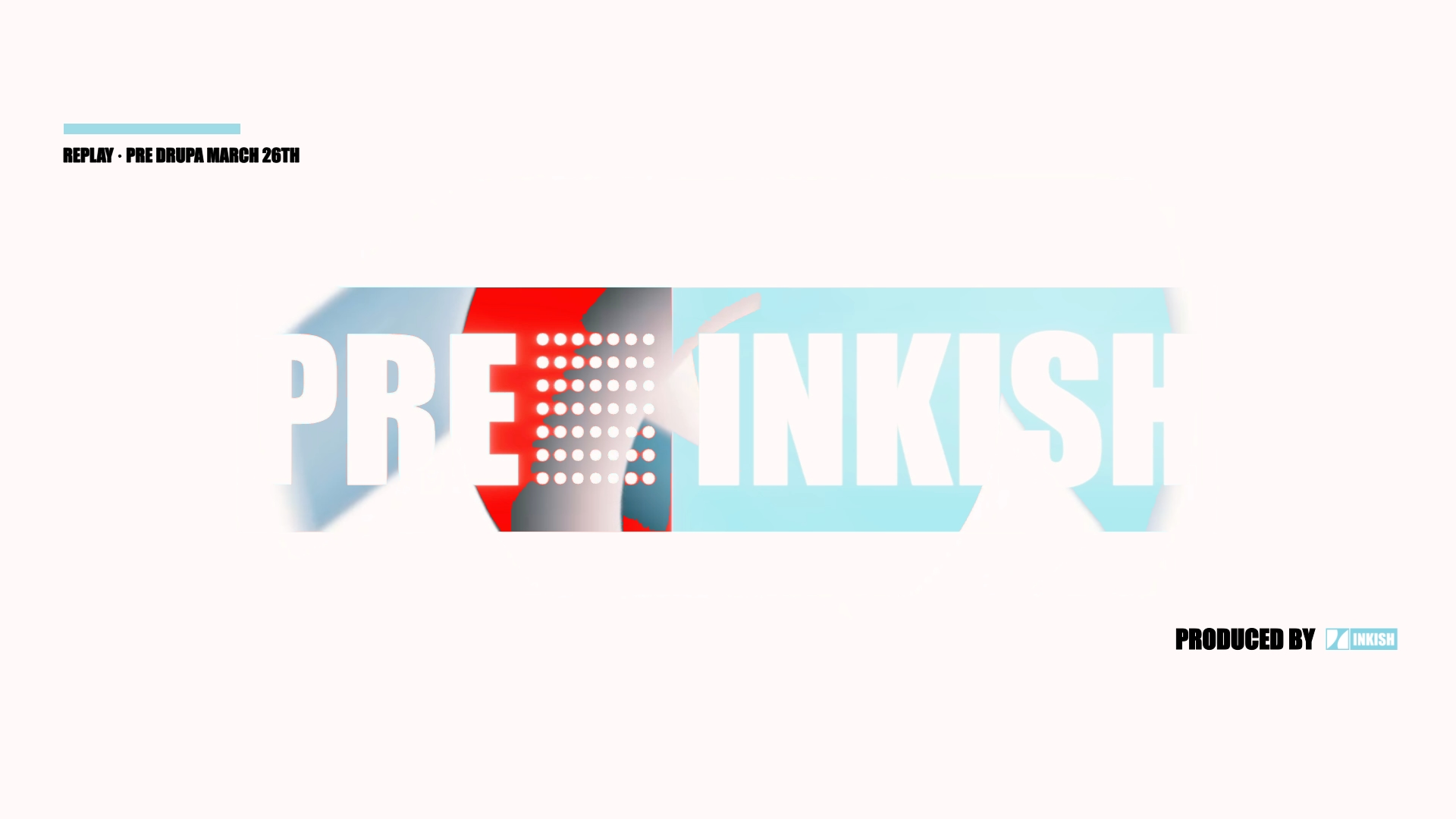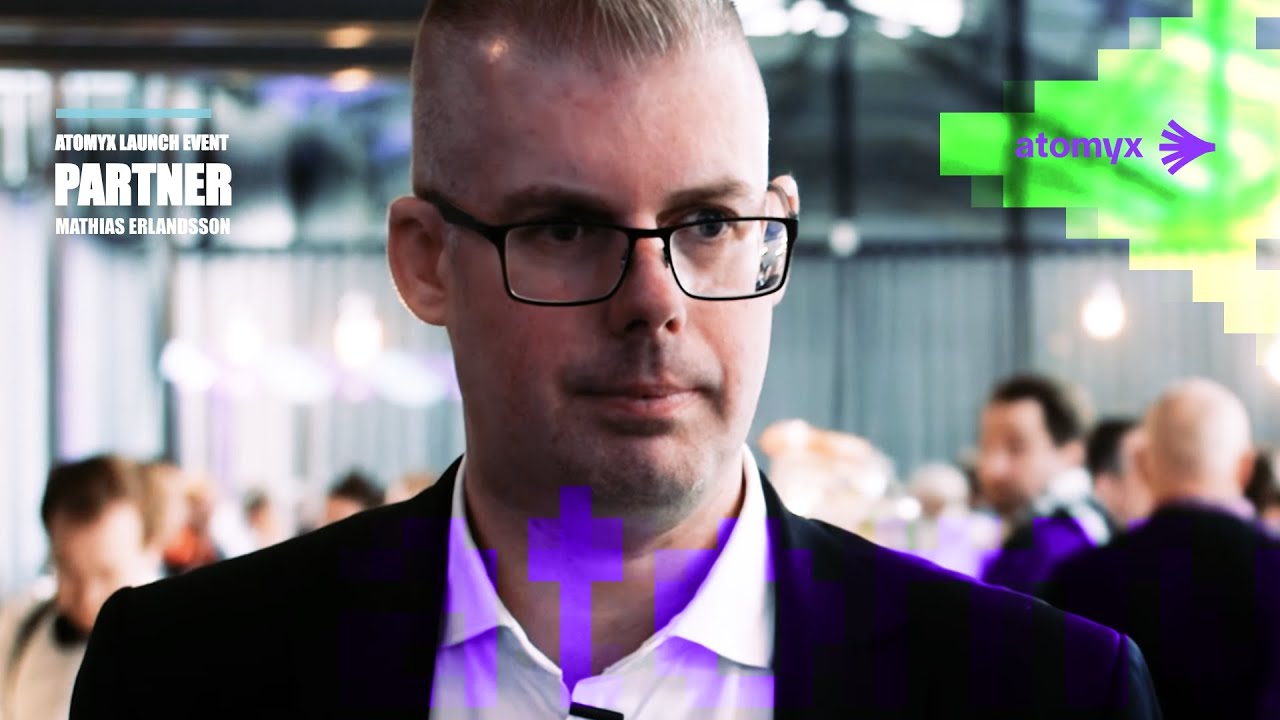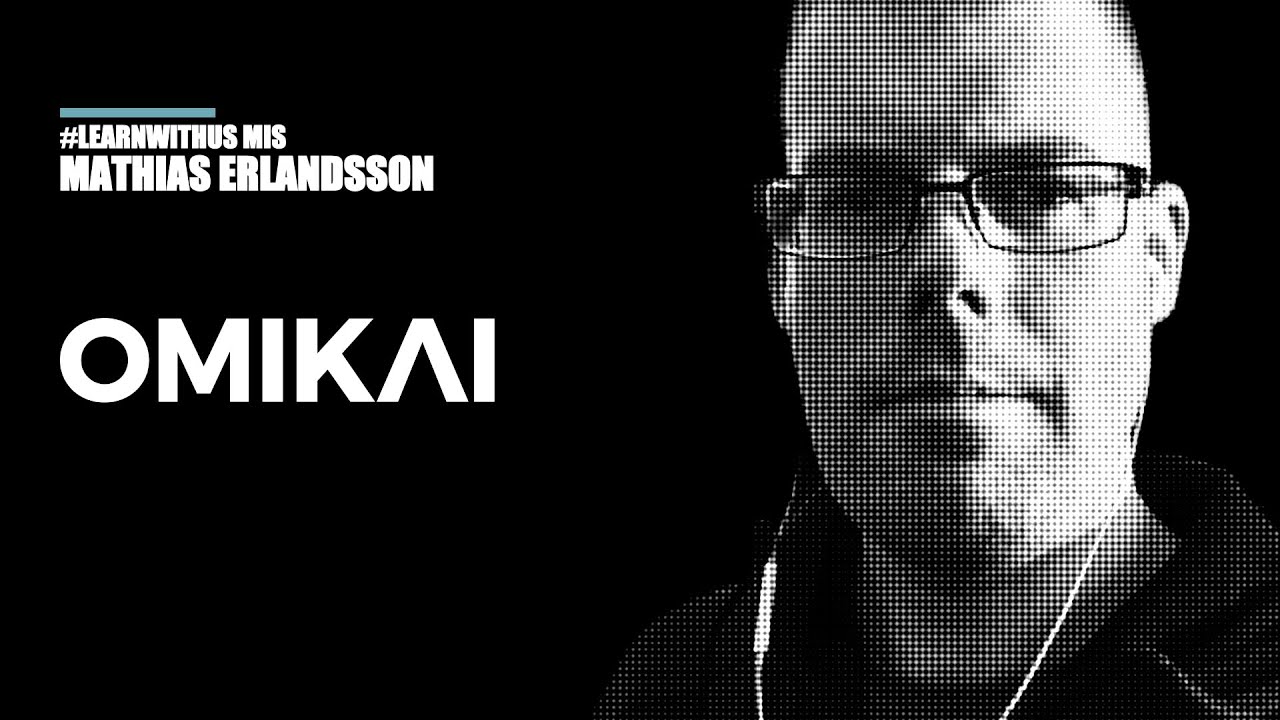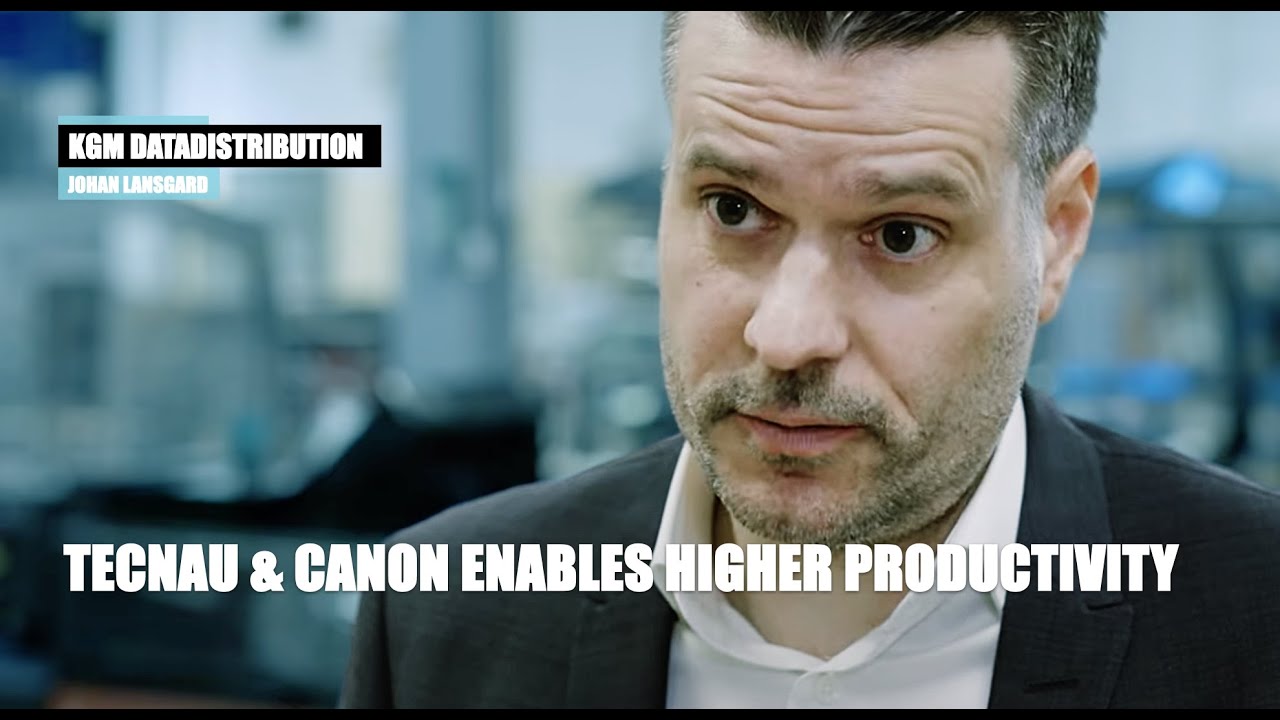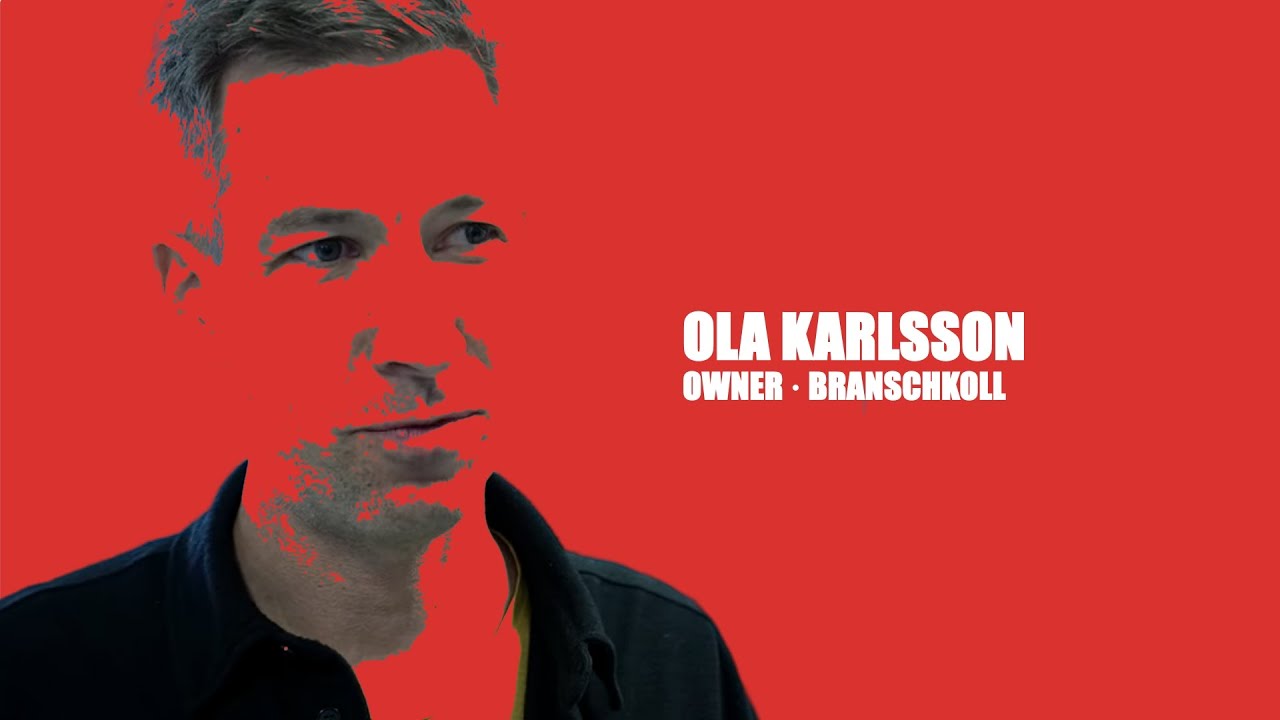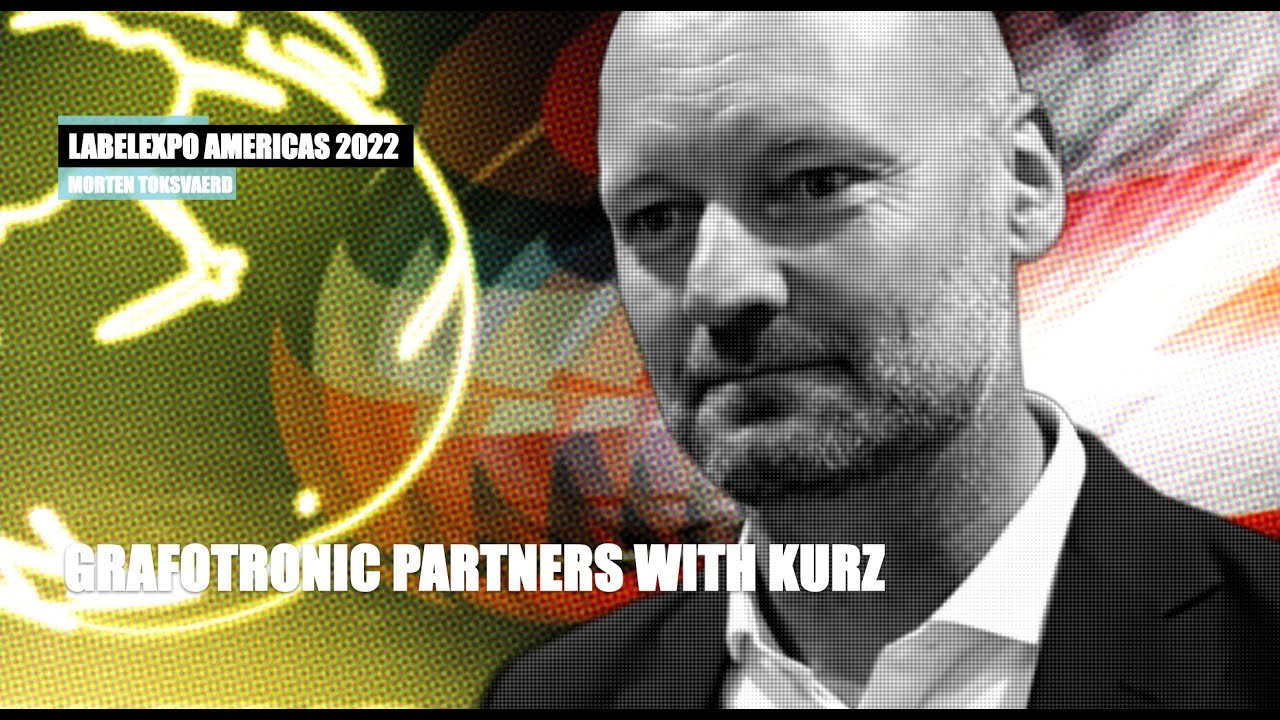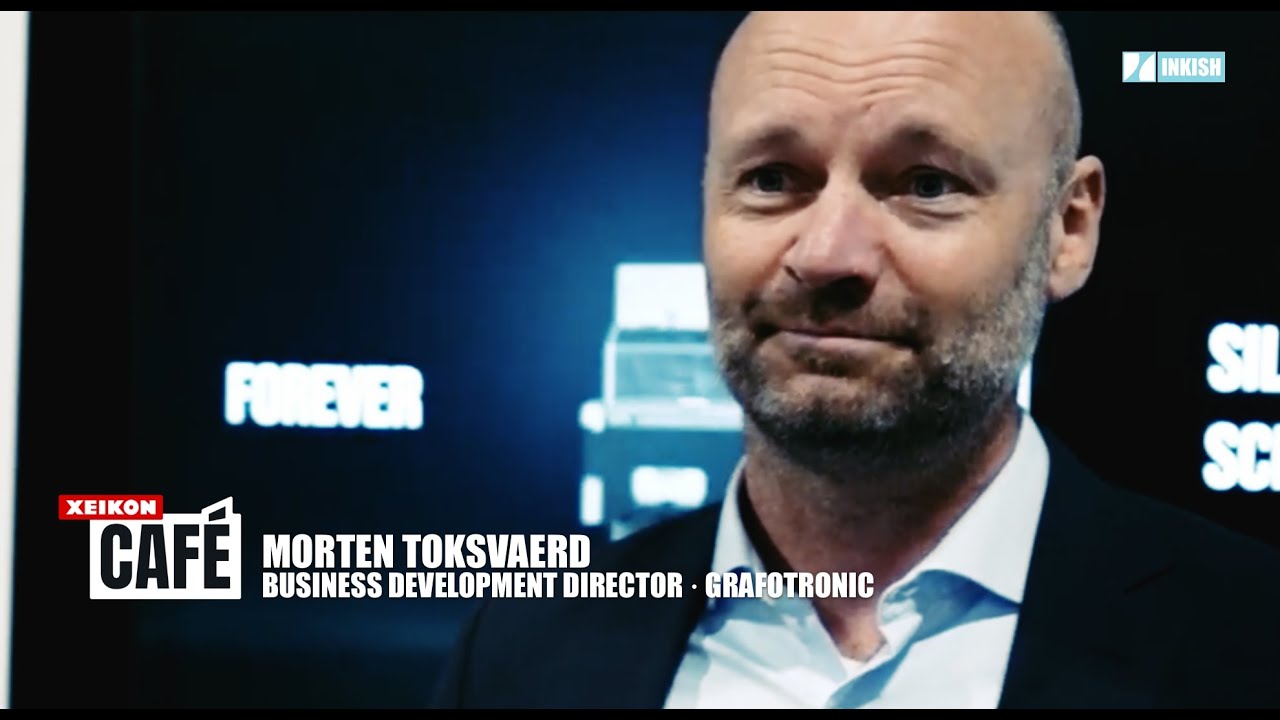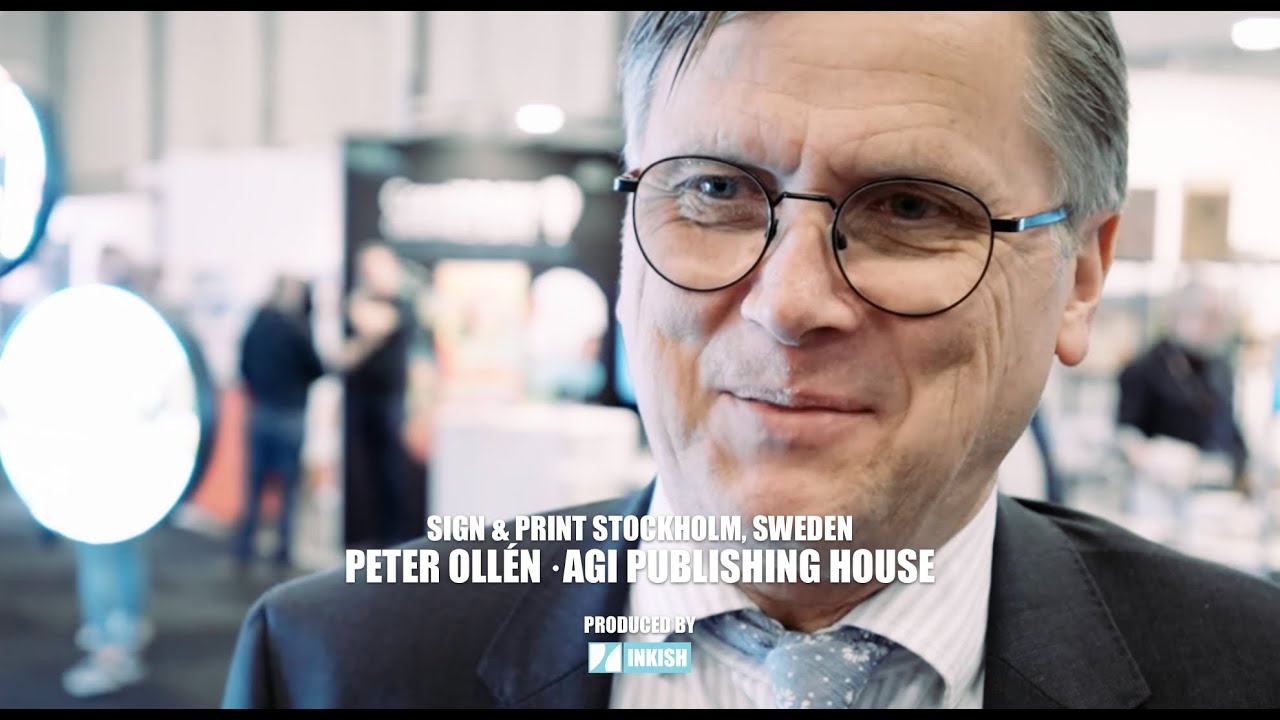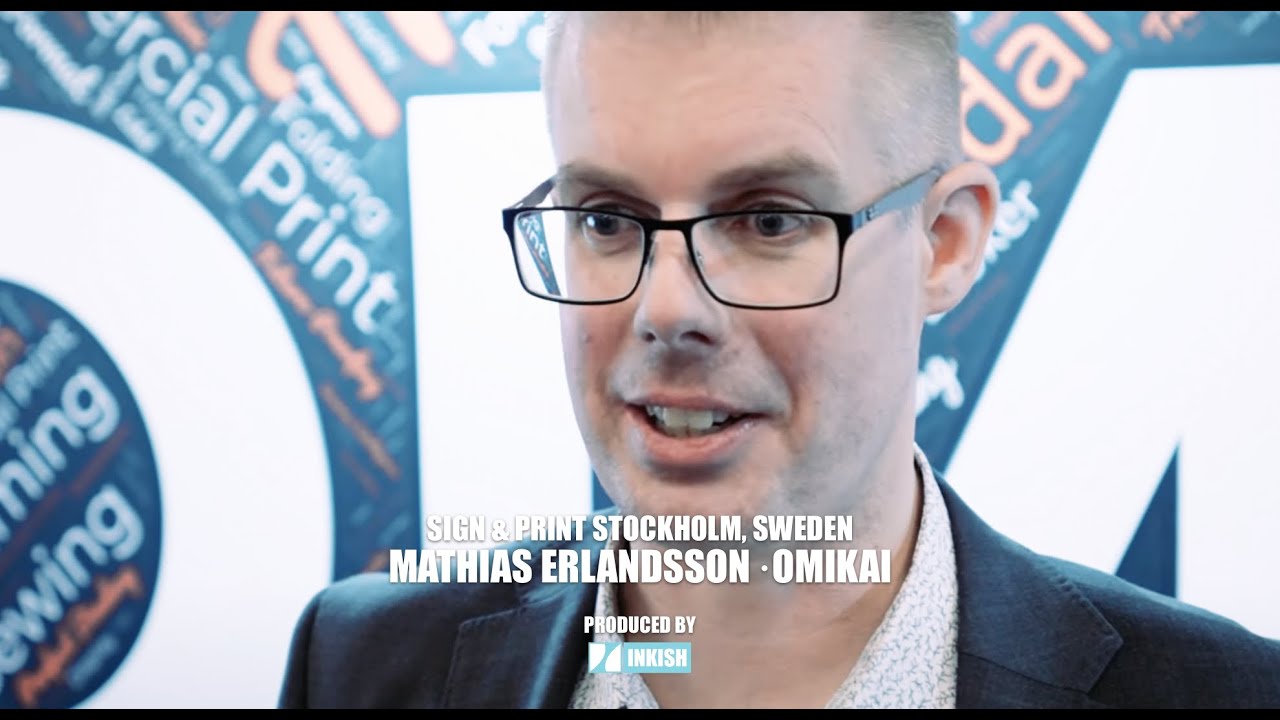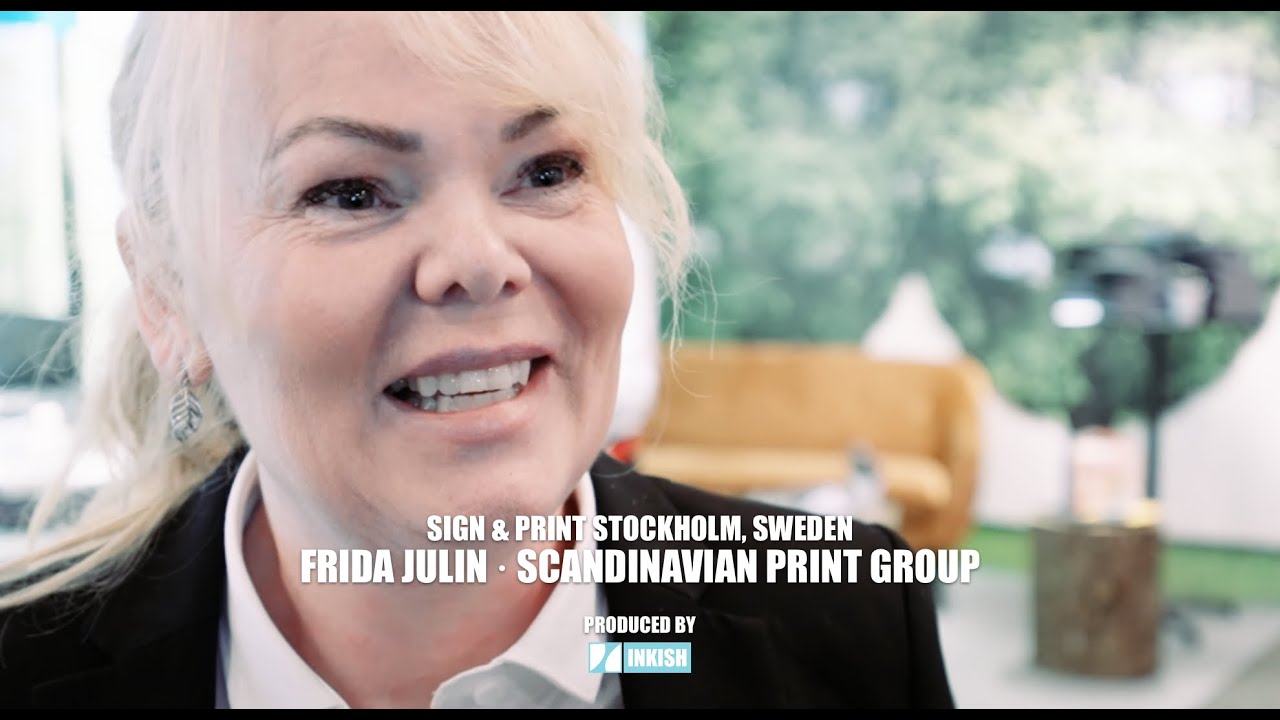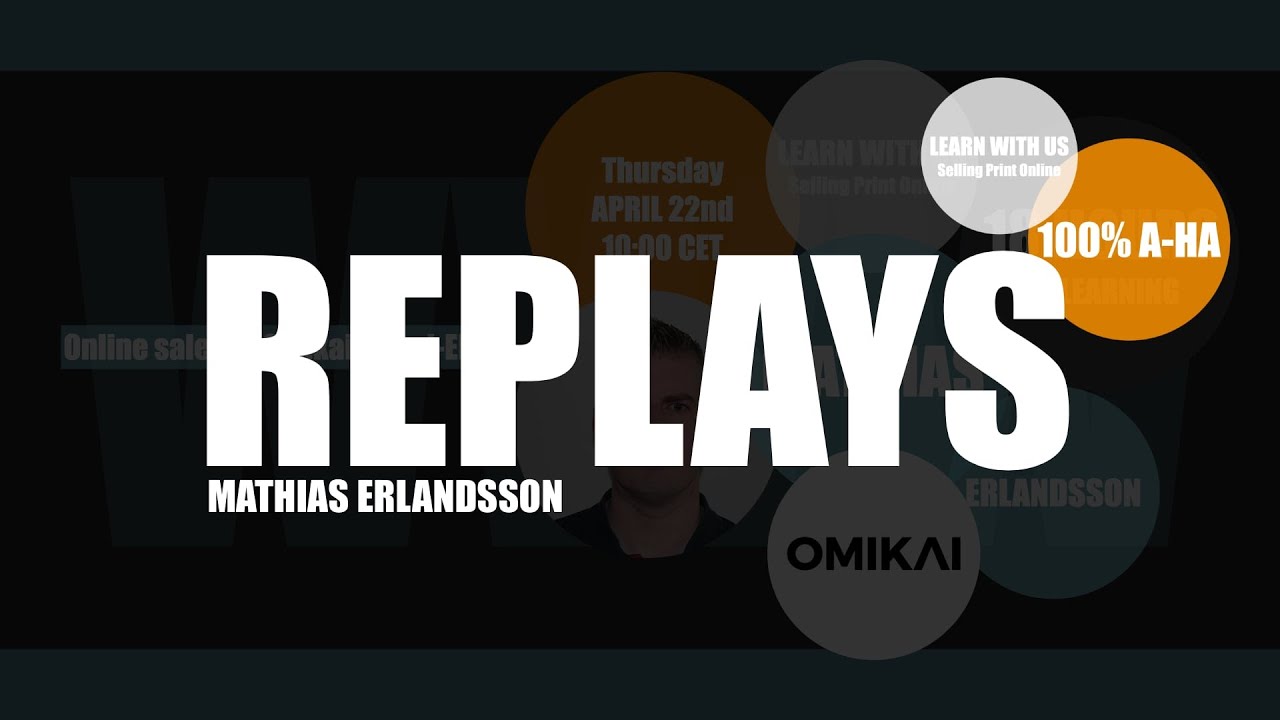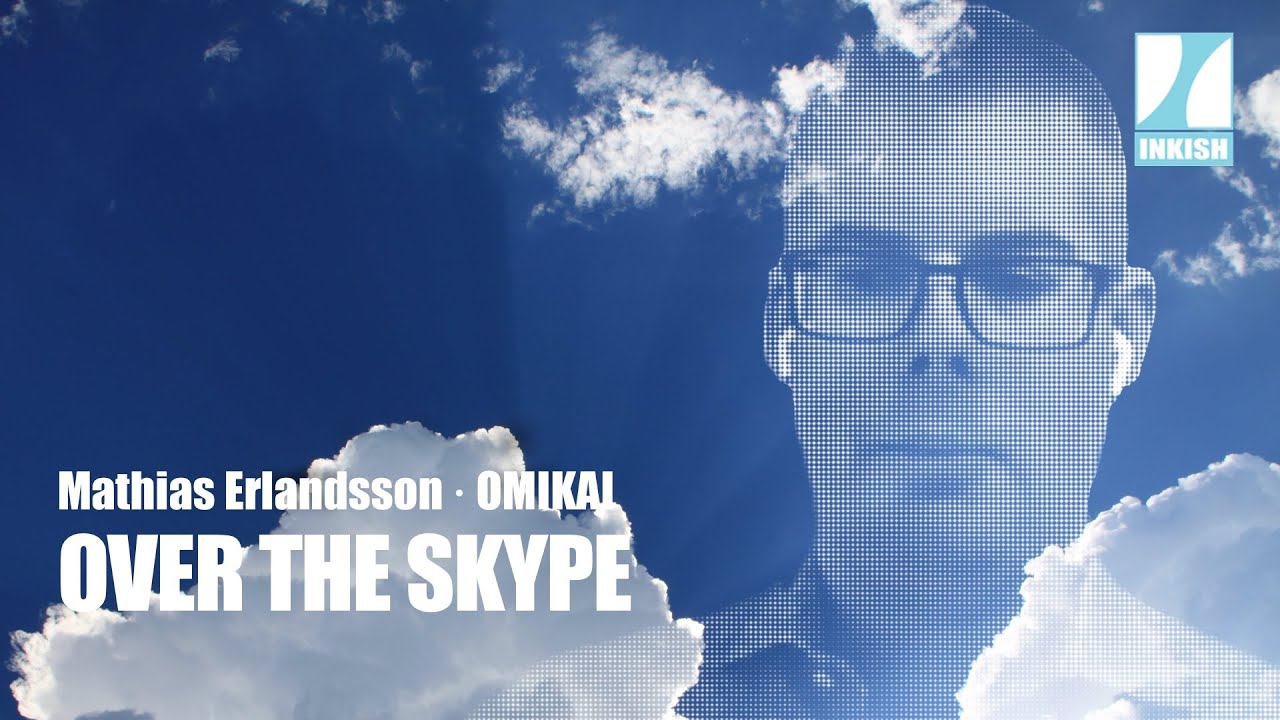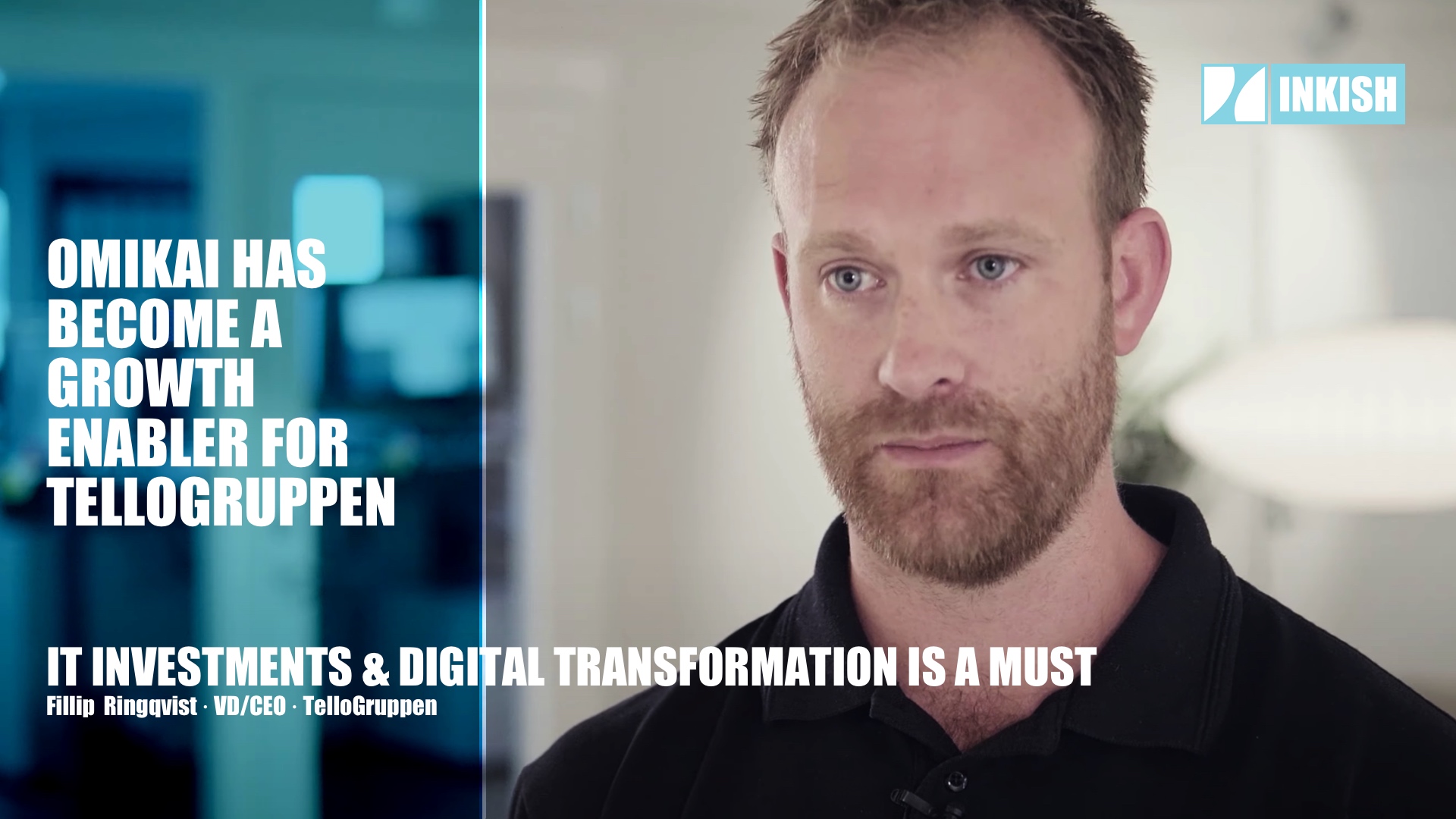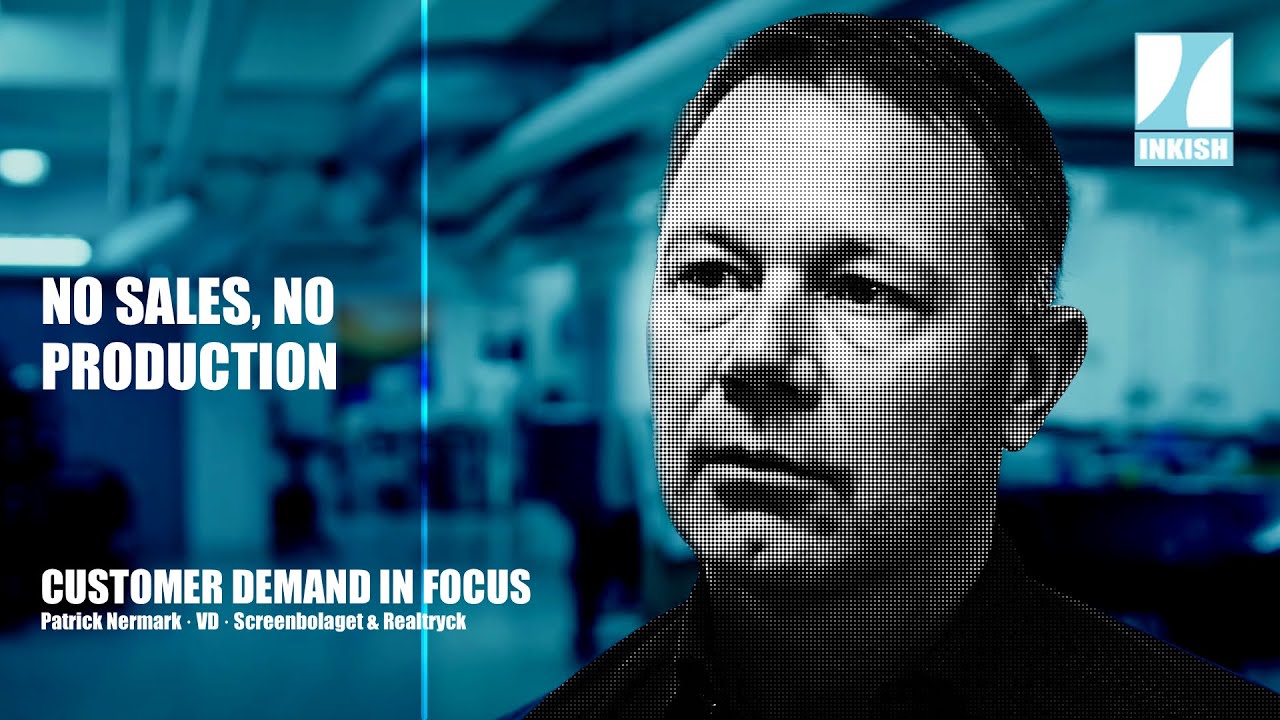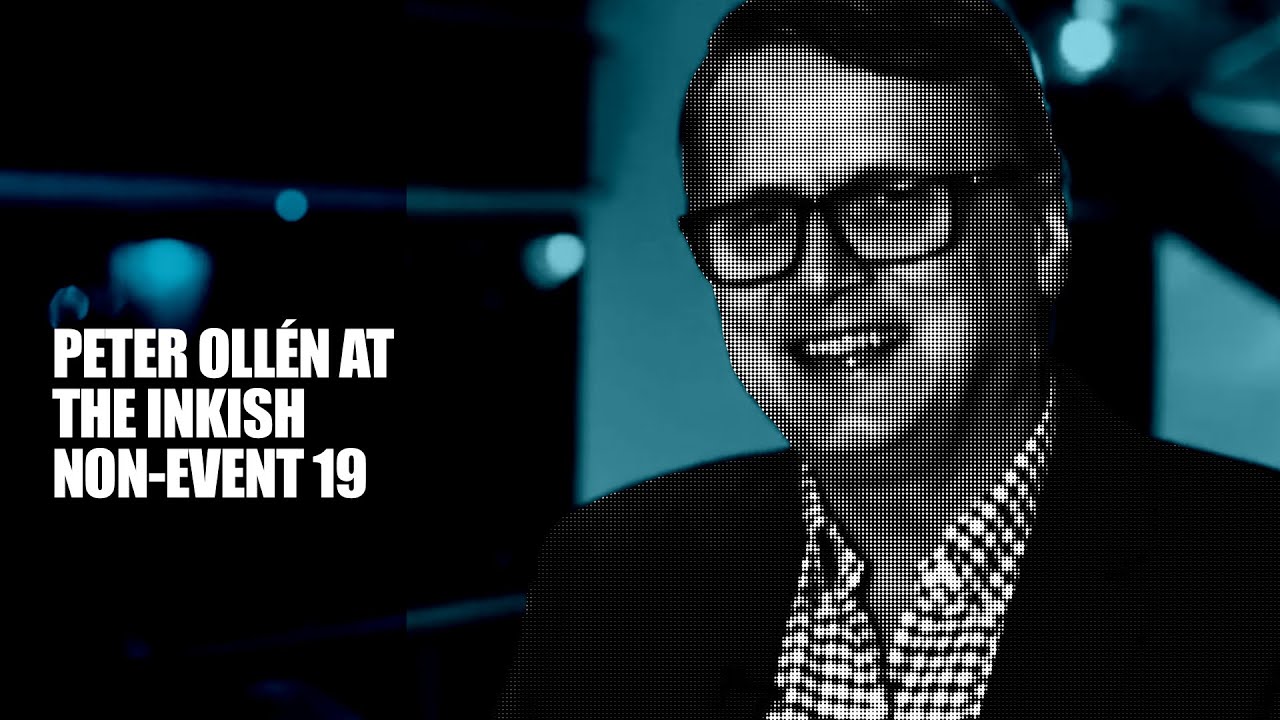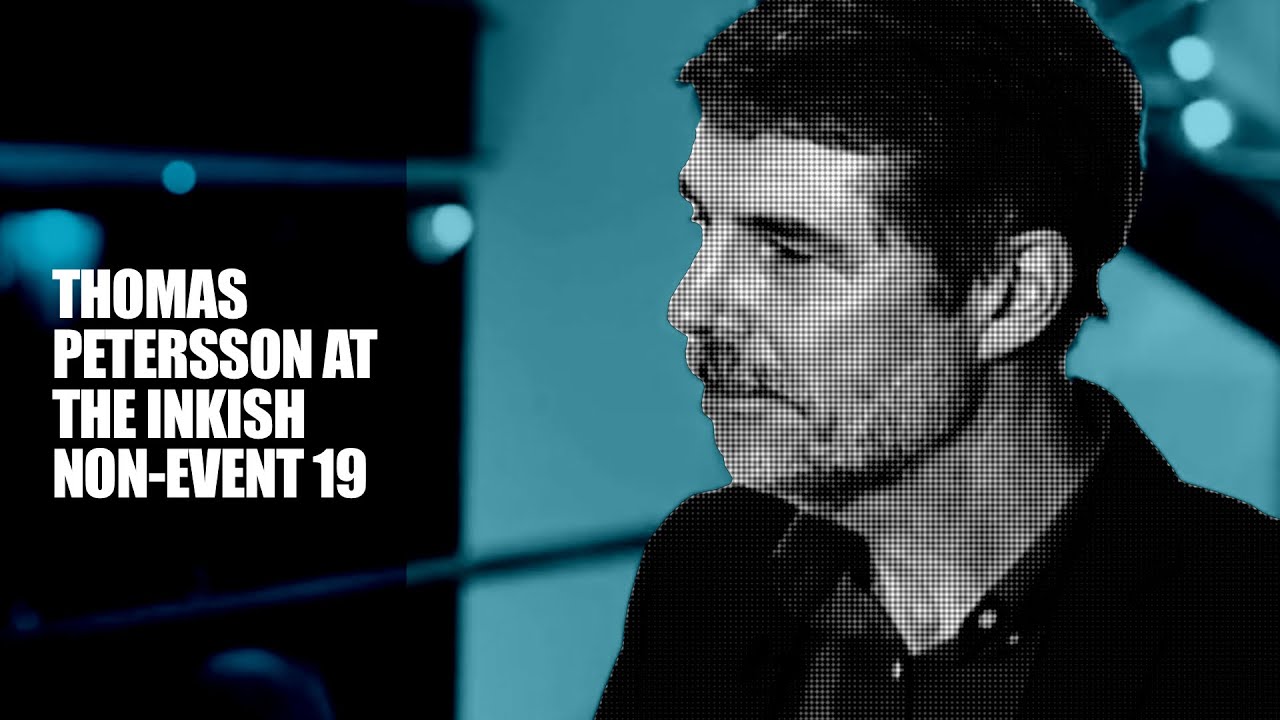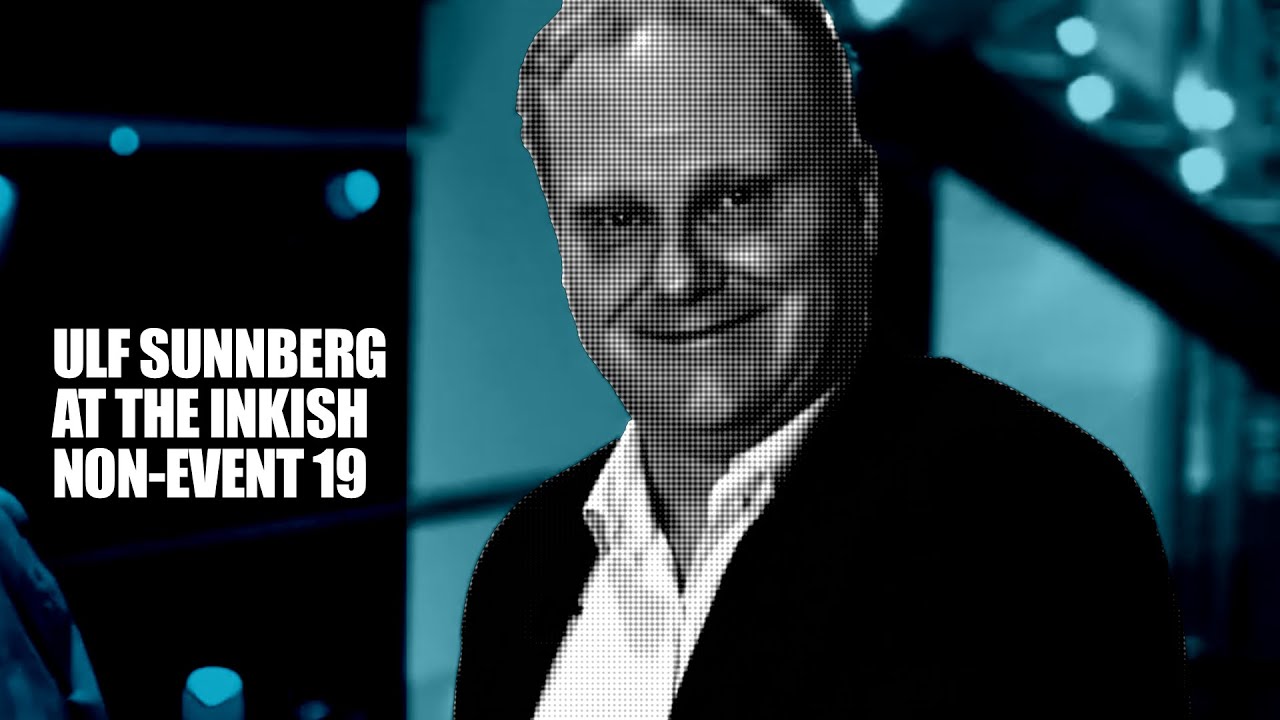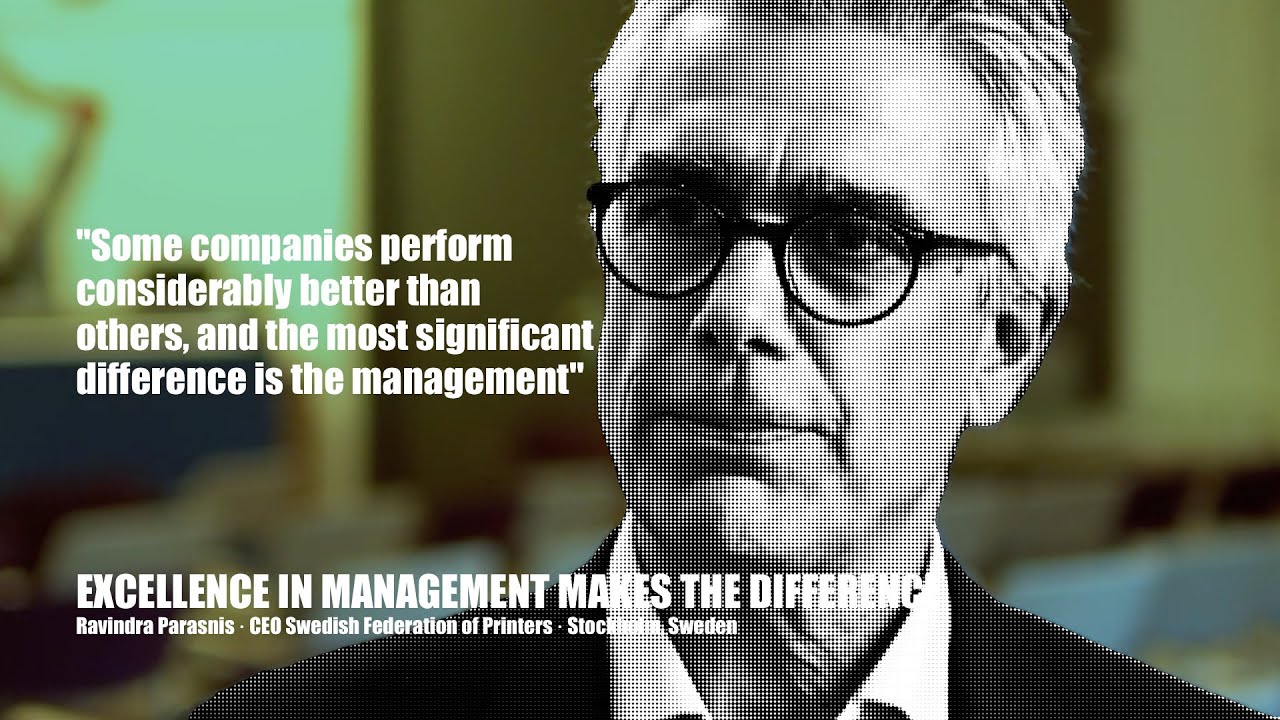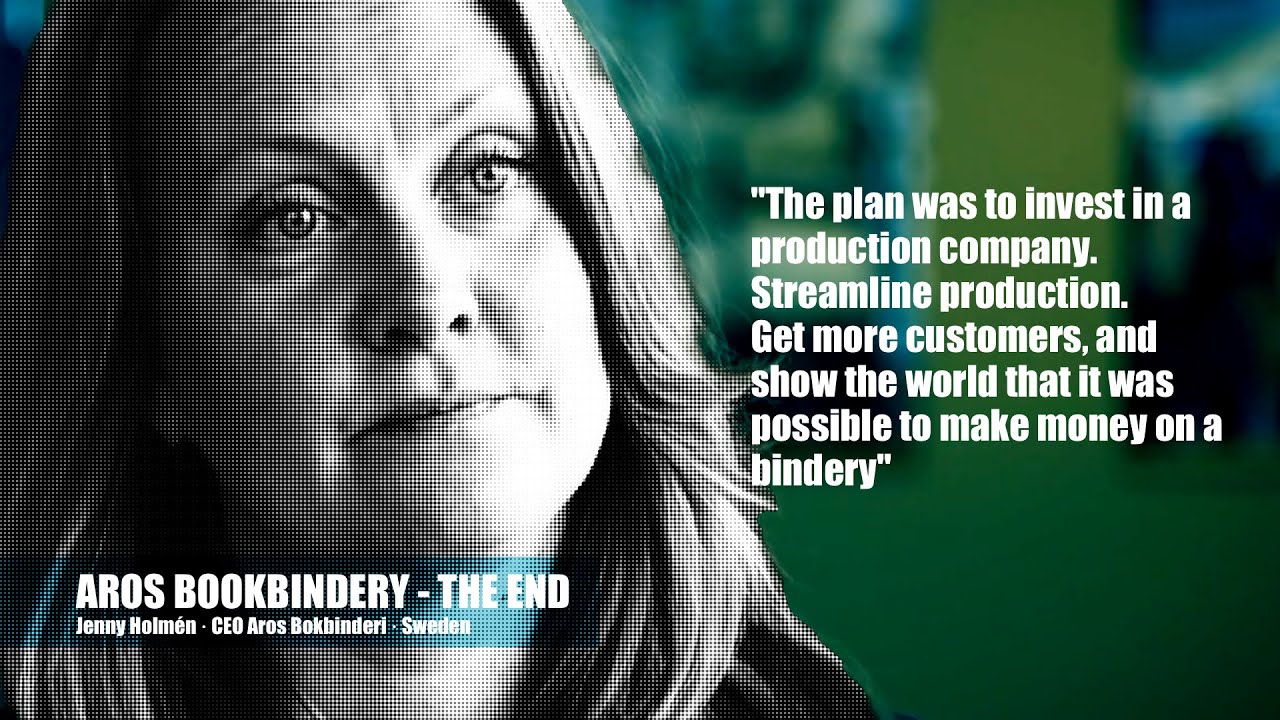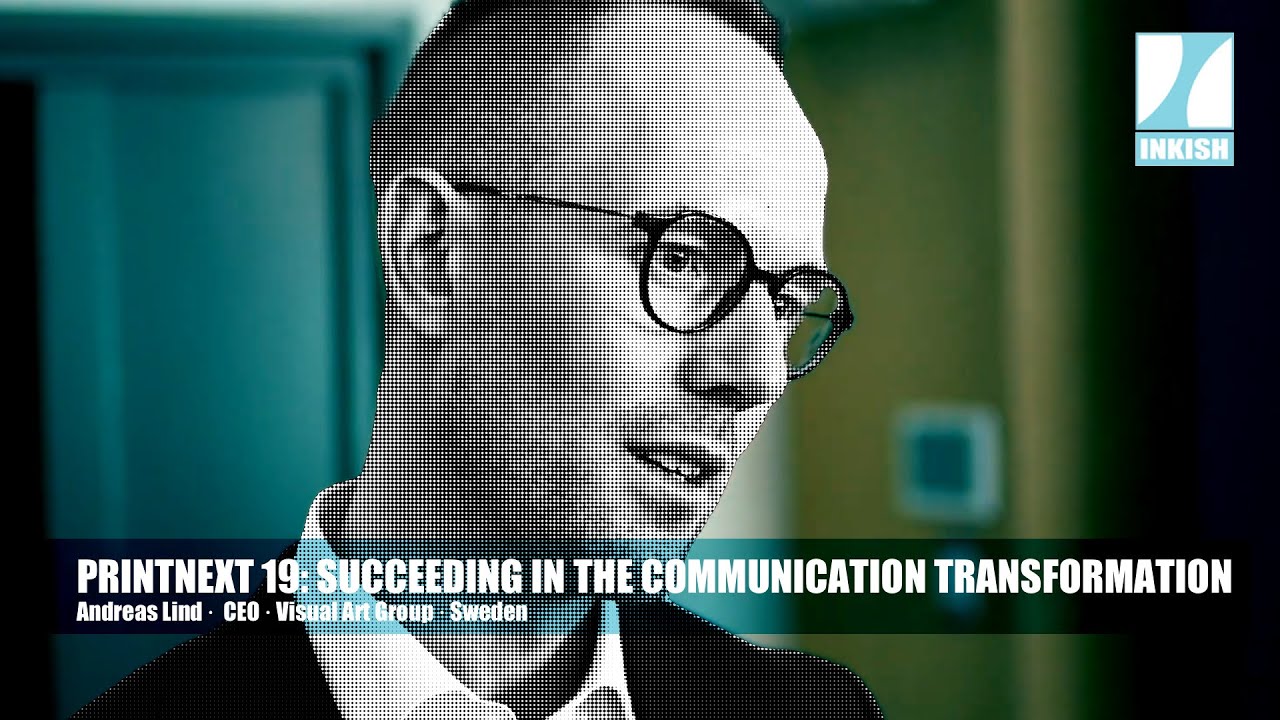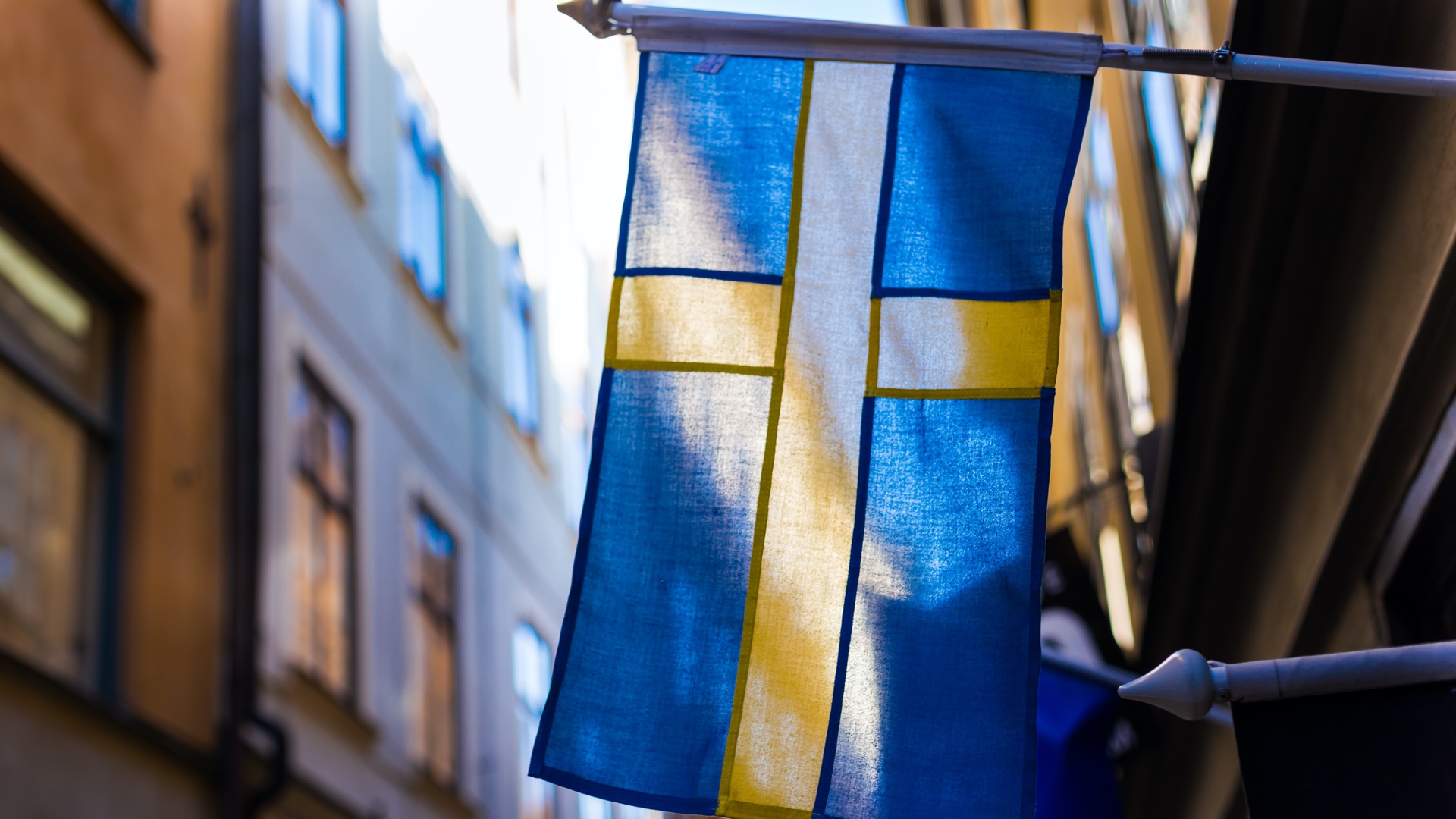 sweden
sweden
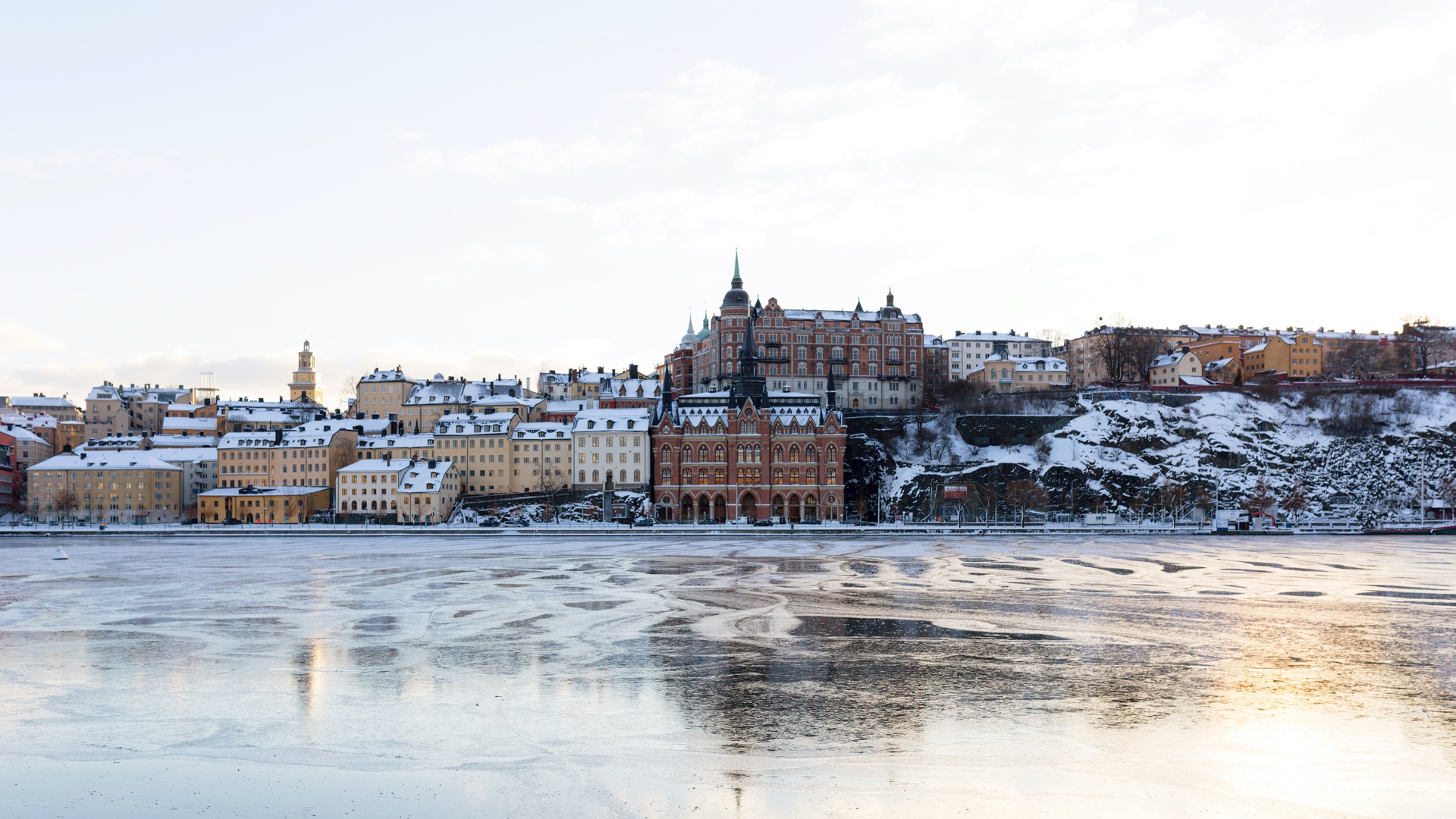

Sweden (Swedish: Sverige [ˈsværjɛ] (![]() listen)), officially the Kingdom of Sweden (Swedish: Konungariket Sverige [ˇkoːnɵŋaˌriːkɛt ˈsværjɛ] (
listen)), officially the Kingdom of Sweden (Swedish: Konungariket Sverige [ˇkoːnɵŋaˌriːkɛt ˈsværjɛ] (![]() listen)), is a country in Northern Europe.[17] It borders Norway to the west and north and Finland to the east, and is connected to Denmark in the southwest by a bridge-tunnel across the Öresund Strait. At 450,295 square kilometres (173,860 sq mi), Sweden is the largest country in Northern Europe, the third-largest country in the European Union and the fifth largest country in Europe by area. The capital city is Stockholm. Sweden has a total population of 10.3 million[8] of which 2.5 million have a foreign background.[18] Persons who have foreign backgrounds are defined as persons who are foreign born, or born in Sweden with foreign born parents.[19] It has a low population density of 22 inhabitants per square kilometre (57/sq mi) and the highest urban concentration is in the central and southern half of the country.
listen)), is a country in Northern Europe.[17] It borders Norway to the west and north and Finland to the east, and is connected to Denmark in the southwest by a bridge-tunnel across the Öresund Strait. At 450,295 square kilometres (173,860 sq mi), Sweden is the largest country in Northern Europe, the third-largest country in the European Union and the fifth largest country in Europe by area. The capital city is Stockholm. Sweden has a total population of 10.3 million[8] of which 2.5 million have a foreign background.[18] Persons who have foreign backgrounds are defined as persons who are foreign born, or born in Sweden with foreign born parents.[19] It has a low population density of 22 inhabitants per square kilometre (57/sq mi) and the highest urban concentration is in the central and southern half of the country.
Sweden is part of the geographical area of Fennoscandia. The climate is in general mild for its northerly latitude due to significant maritime influence. In spite of the high latitude, Sweden often has warm continental summers, being located in between the North Atlantic, the Baltic Sea and the vast Eurasian Russianlandmass. The general climate and environment varies significantly from the south and north due to the vast latitudal difference and much of Sweden has reliably cold and snowy winters. Southern Sweden is predominantly agricultural, while the north is heavily forested and includes a portion of the Scandinavian Mountains.
Germanic peoples have inhabited Sweden since prehistoric times, emerging into history as the Geats (Swedish Götar) and Swedes (Svear) and constituting the sea peoples known as the Norsemen. An independent Swedish state emerged during the early 12th century. After the Black Death in the middle of the 14th century killed about a third of the Scandinavian population,[20][21] the Hanseatic League threatened Scandinavia’s culture, finances and languages. This led to the forming of the Scandinavian Kalmar Union in 1397,[22] which Sweden left in 1523. When Sweden became involved in the Thirty Years War on the Reformist side, an expansion of its territories began and eventually the Swedish Empire was formed. This became one of the great powers of Europe until the early 18th century. Swedish territories outside the Scandinavian Peninsula were gradually lost during the 18th and 19th centuries, ending with the annexation of present-day Finland by Russia in 1809. The last war in which Sweden was directly involved was in 1814, when Norway was militarily forced into a personal union, which peacefully dissolved in 1905. Since then, Sweden has been at peace, maintaining an official policy of neutrality in foreign affairs.[23] In 2014 Sweden celebrated 200 years of peace breaking even Switzerland‘s record for peace.[24] Sweden was formally neutral through both world wars and the Cold War, albeit Sweden has since 2009 openly moved towards cooperation with NATO.
Sweden is a constitutional monarchy and a parliamentary democracy, with Legislative power vested in the 349-member unicameral Riksdag. It is a unitary state, currently divided into 21 counties and 290 municipalities. Sweden maintains a Nordic social welfare system that provides universal health care and tertiary education for its citizens. It has the world’s eleventh-highest per capita income and ranks very highly in quality of life, health, education, protection of civil liberties, economic competitiveness, equality, gender equality, prosperity and human development.[25][26][27] Sweden joined the European Union on 1 January 1995, but declined NATO membership, as well as Eurozone membership following a referendum. It is also a member of the United Nations, the Nordic Council, the Council of Europe, the World Trade Organization and the Organisation for Economic Co-operation and Development (OECD).
Photo Credits
Photo by Jonathan Brinkhorst on Unsplash
Photo by Laurent Gence on Unsplash
Photo by Jon Flobrant on Unsplash
Atomyx Launch Event · Partner · Mathias Erlandsson
Atomyx will add value to Omikai's MIS solution and offer more functionality to our customers, as Atomyx offers deeper and more than similar solutions in the market. CEO Mathias Erlandsson from OMIKAI is very pleased working with Atomyx and trusts the future relationship. Projects involving Atomyx are already in the pipeline!
Tecnau & Canon Enables Higher Productivity · Johan Lansgard · CTO · KGM Data Distribution
Imagine your production equipment has end-of-service, and you get a job that needs to be delivered on time? First, you find a printer that can provide the required quality and quantity. Second, you ensure it can be delivered on time - and suddenly, you have North Europe's first Canon Color Stream 8000 installed. With it comes new binding equipment - not unique to KGM, but new at this site - namely the Tecnau Revolution 50 series - and voila, the production can deliver the print job. The story is told by CTO Johan Lansgard, who stepped in on concise notice in this film, made from KGM Datadistribution in Stockholm as part of the Tecnau Spring Forward event - enjoy!
Grafotronic Partners with KURZ · Morten Toksvaerd · Business Development Director · Grafotronic
On the second day of LabelExpo-Americas 2022, Grafotronic and KURZ announced a partnership. With the partnership, Grafotronic will deliver a module to their digital finishing series and, by that, integrate the KURZ Uniliner into the machine. Interesting opportunities as the module also will be available to solutions already in the market. In this interview with Business Development Directory, Morten Toksvaerd shares his view on the agreement!
Morten Toksværd · Business Development Director · Grafotronic · Xeikon Café 2022
Morten Toksvaerd from Grafotronic serving label industry customers worldwide since 2004. Grafotronic is best known for ultra-modular finishing machines. Each module is completely independent, and a new module can be retrofitted in an existing machine, on-site, in less than 8 hours. The truly modular concept is based on the latest technology available.
Peter Ollén · AGI Publishing House from Sign & Print 2022, Stockholm, Sweden
Peter Ollén is the owner and the organizer of the Sign & Print events throughout the Nordic countries, and though the Swedish one is the largest of the four, it's actually the second show taken place post-covid. It's always with anticipations when shows are developed and executed, but CEO Peter Ollén is very satisfied with the exhibitors, the look and feel of the show, and has a good prognosis for the expected number of attendees - but listen to him yourself - and learn more!
Mathias Erlandsson · Omikai from Sign & Print 2022, Stockholm, Sweden
We have on several occasions covered the Swedish company OMIKAI and the company's founder Mathias Erlandsson - so please welcome him back on INKISH. OMIKAI is a browser-based MIS system that has the flexibility to it that enable users on all levels to use it. In this interview, Mathias Erlandsson explains the new roll-our OMIKAI but also talks about how the company got international distributors for its software. Learn!
Frida Julin · Scandinavian Print Group from Sign & Print 2022, Stockholm, Sweden
Frida Julin is part of the greatest Scandinavian print success over the past many years - namely the Scandinavian Print Group - now part of German Onlineprinters. At Sign & Print in Stockholm, the group is promoting their Whitelabel solutions which enable printers to utilize the vast capacity the group has in the printing facilities around Denmark, Sweden, and Poland. Listen - this group has shown how printing companies can thrive and grow!



